A large concrete cylinder heavily rests, the hint of soot brimming from the inner edges; a collection of kitchen pans tied loosely together by a coloured string hang against a pile of cloth; a commonplace plastic bowl unexpectedly appears on the wall, grains of rice resting at the base. Phillip Lai approaches objects in a manner that appeals to, and reflects on, their intrinsic existence and properties. Observing that in one’s daily encounters with ‘things’ there is both a physical projection and an assumptive perception, Lai creates scenarios that draw objects away from these two conditions towards a state of autonomy. Through careful, delicate compositions that place the object in plain sight, Lai creates moments that lull you into a line of thinking only to then flip that original thought and allow room for another.
Intrinsic to Lai’s practice is the notion of getting to the heart of the object: what it is, how it is created, how it is perceived, what kind of value we’ve been tuned to assign to it. Through a systematic process of observation and identification Lai tends to extract the object from its societal context, a construction rooted on our impulse to categorise in order to understand and use. Consider for example ‘The thing of it’ (2014) composed of tyre strips arranged in an aluminium basin; each item is individually identifiable yet, in their collectively presented mode a form of sculptural abstraction is created, which lends a different classification and awarding of value. In a sense, one may draw a parallel with Jacques Derrida’s notion of ‘deconstruction’, which as described in ‘Of Grammatology’ and subsequently ‘Positions’ defies categorisation and the placement of hierarchy. Rather than distilling to a ‘truth’, Lai’s approach to the object is akin to the process of questioning, untangling our presumptions.
A further aspect in Lai’s approach or process is spatiality, the relationships between objects and how these traditionally occupy space, informing our understanding as well as our building of associations. On the one hand, Lai approaches space as a medium, integrating the void in his works. Consider for example ‘Hang on’ (2012) composed of timber, cooking pots, polypropylene rope and dyed jute. Delicately suspended, there is a tension between the string and pots, the weight of gravity pulling the total into a position that nods to relations and simple notions of dependency. Upon observation one remarks the weight of the pots nagging at the string, the stick brought in to press the pots against the cloth, against the wall. Whilst one is drawn to the geometry of the pans’ curvature as well as the sharp line created by the tense rope, it all starts with a spatial focus on the stability or rootedness of the wall and floor. The objects are anchored and a there is a locational relationship between them, space emerging as part of the composition, a bridge between the compositional elements.
Lai is equally interested in the politics of space, how on a more macro level it frames objects or assemblages of, and how in turn this distance informs our observations. A key example is ‘Untitled’ (2011) composed of a wooden frame, varnish, lamp, concrete, leather shoes, cooking pots. A sort of sculptural diptych, one remarks how space between the hanging objects and frame grants visual weight each element. The scale of the artwork furthermore beckons you to step back and see through it, around it, feel the space, and be attuned to how that informs our preconceived relationship with each individual entity. Lai’s relationship with space is not limited, however, to a literal ‘void’, it’s also associated with the placement of, which informs planes of sight. Whether it be a plastic basin hanging from the wall such as ‘Untitled’ (2016) or a delicately balanced collection of finely crafted aluminium pots as in ‘Certain pressures’ (2016), Lai plays with arrangement, from the wall to the floor, to create different observation angles which in turn inform our physical encounter.
This sense of a ‘meeting’ between self and object, self and composition of, is where the poetry of Lai’s work lies. Permeating his practice is a tension between simplicity and complexity, how that very ‘thing’ one recognises is reduced to what it actually is, yet how, through this arrival at an essence, a new level of awareness is unveiled and unfolded. Lai effectively lays out an epistemological methodology that is not pinned by absolutes. Rather, it opens the seemingly definitive to the abstract, urging a contemplative step away from the assumed and contained towards the open and dispersed.
Phillip Lai has exhibited internationally at Camden Arts Centre, London (2014); Tate Modern, London (2010); Transmission, Glasgow (2009); Drawing Room, London (2005); Hayward Gallery, London (1999); MOMA, New York (1998); ICA, London (1995). Phillip Lai’s work is held in the permanent collection of the Tate (UK), Arts Council (UK), Camden Arts Centre (UK), Goss-Michael Foundation (USA), Nomas Foundation (Italy), La Colección Jumex (Mexico).
Phillip Lai London, U.K., B. Kuala Lumpur, Malaysia, 1969
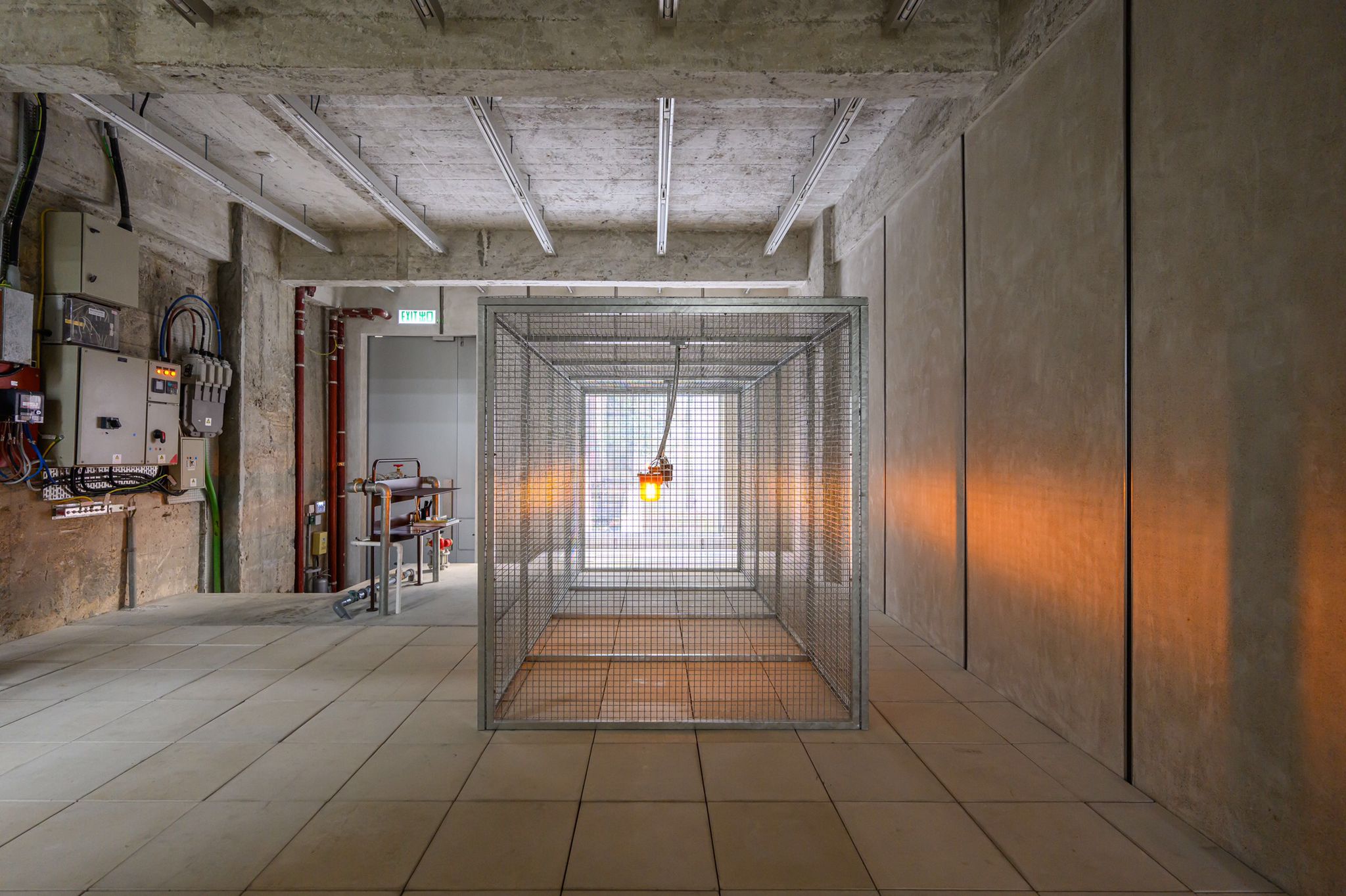

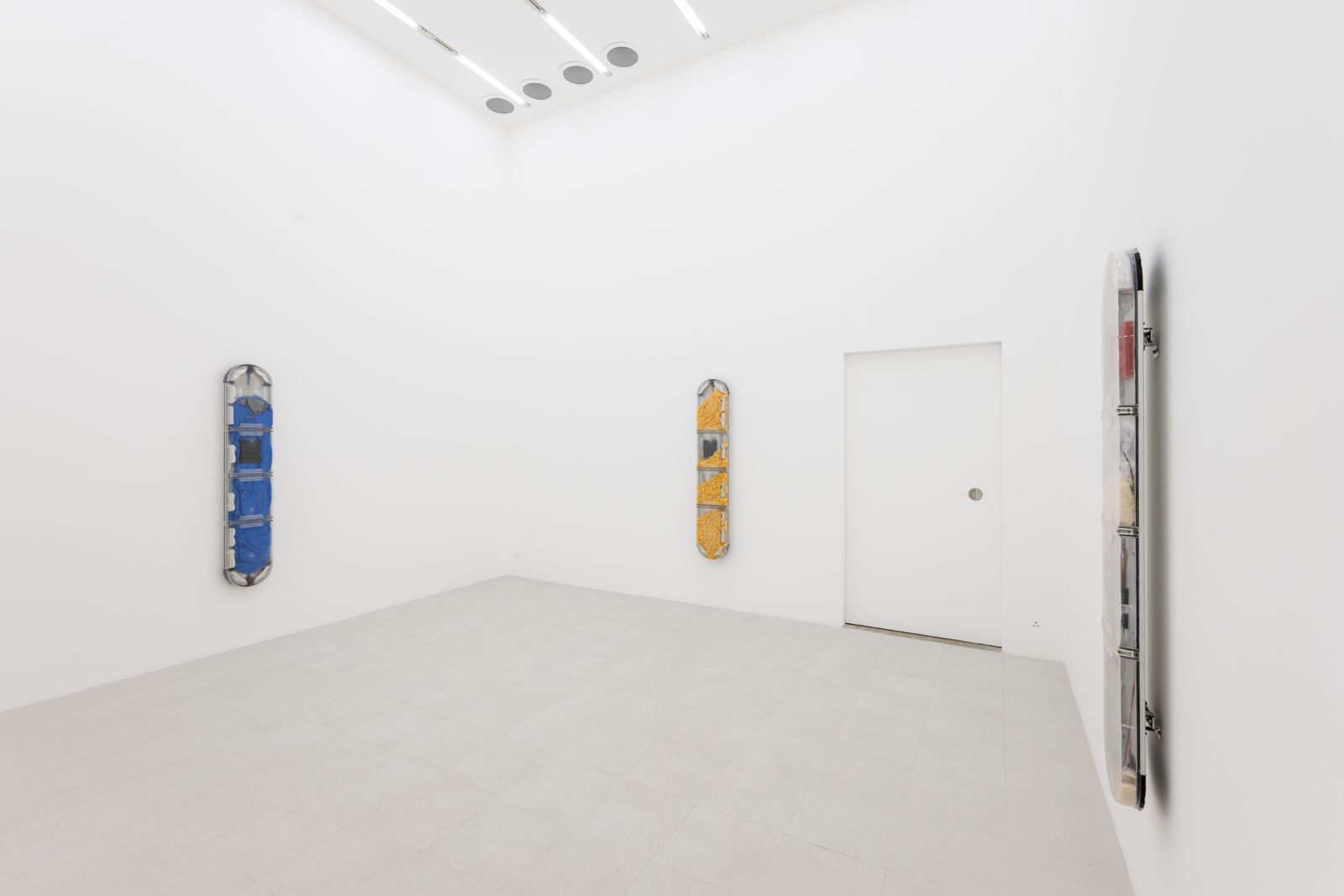
Installation view, ‘For Caution’, Phillip Lai, solo exhibition, Kiang Malingue, Sik On Street, Hong Kong, 2023.
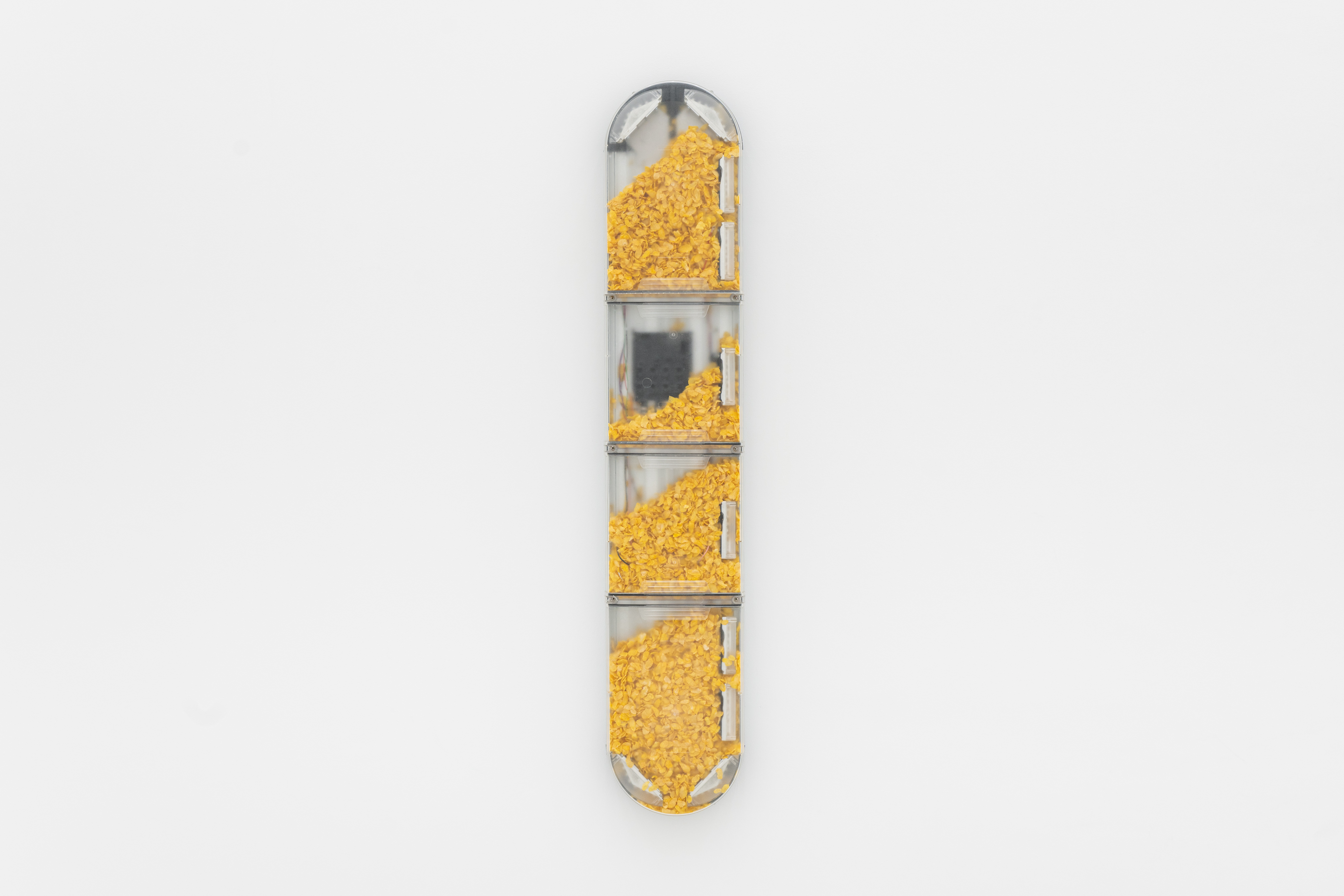
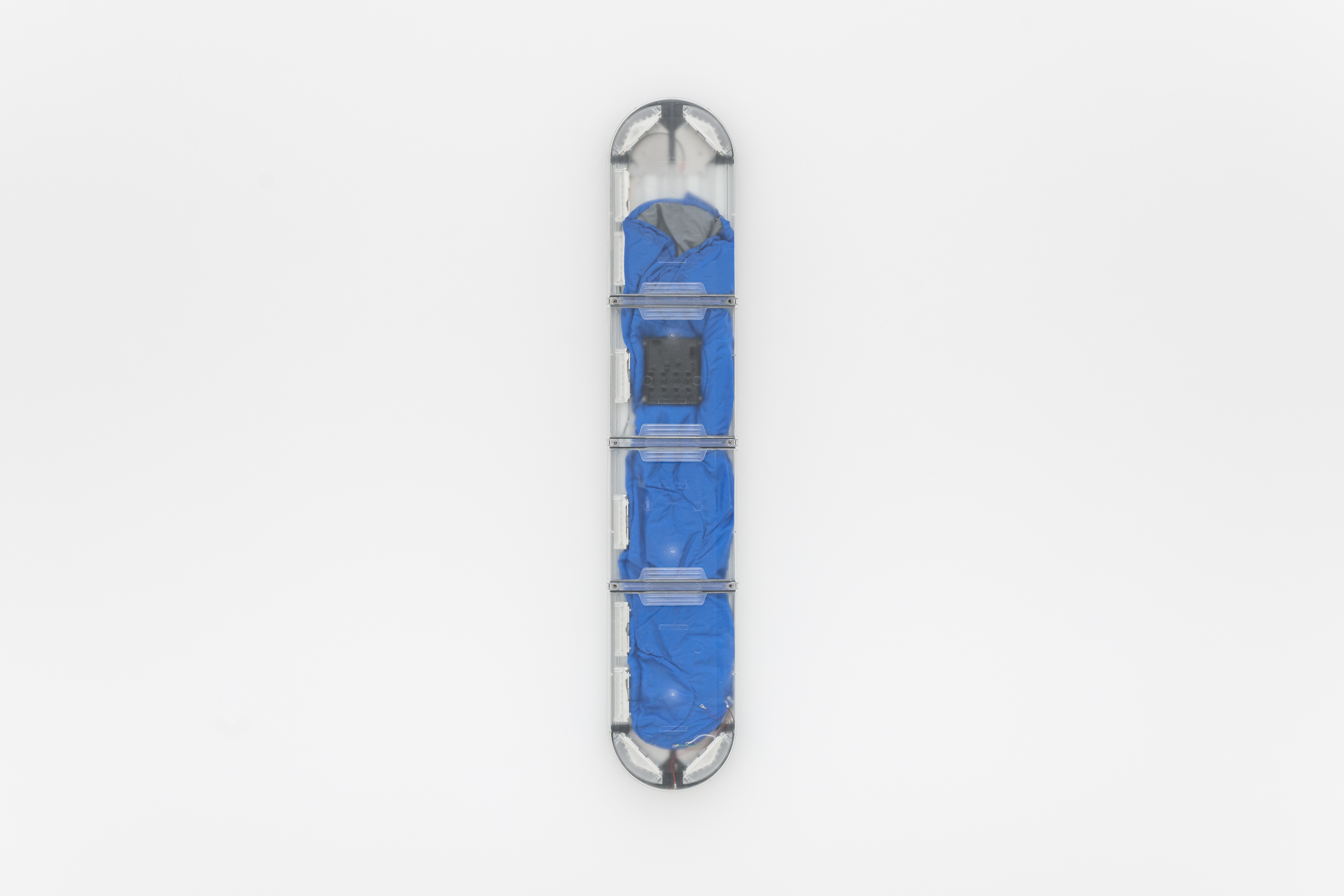
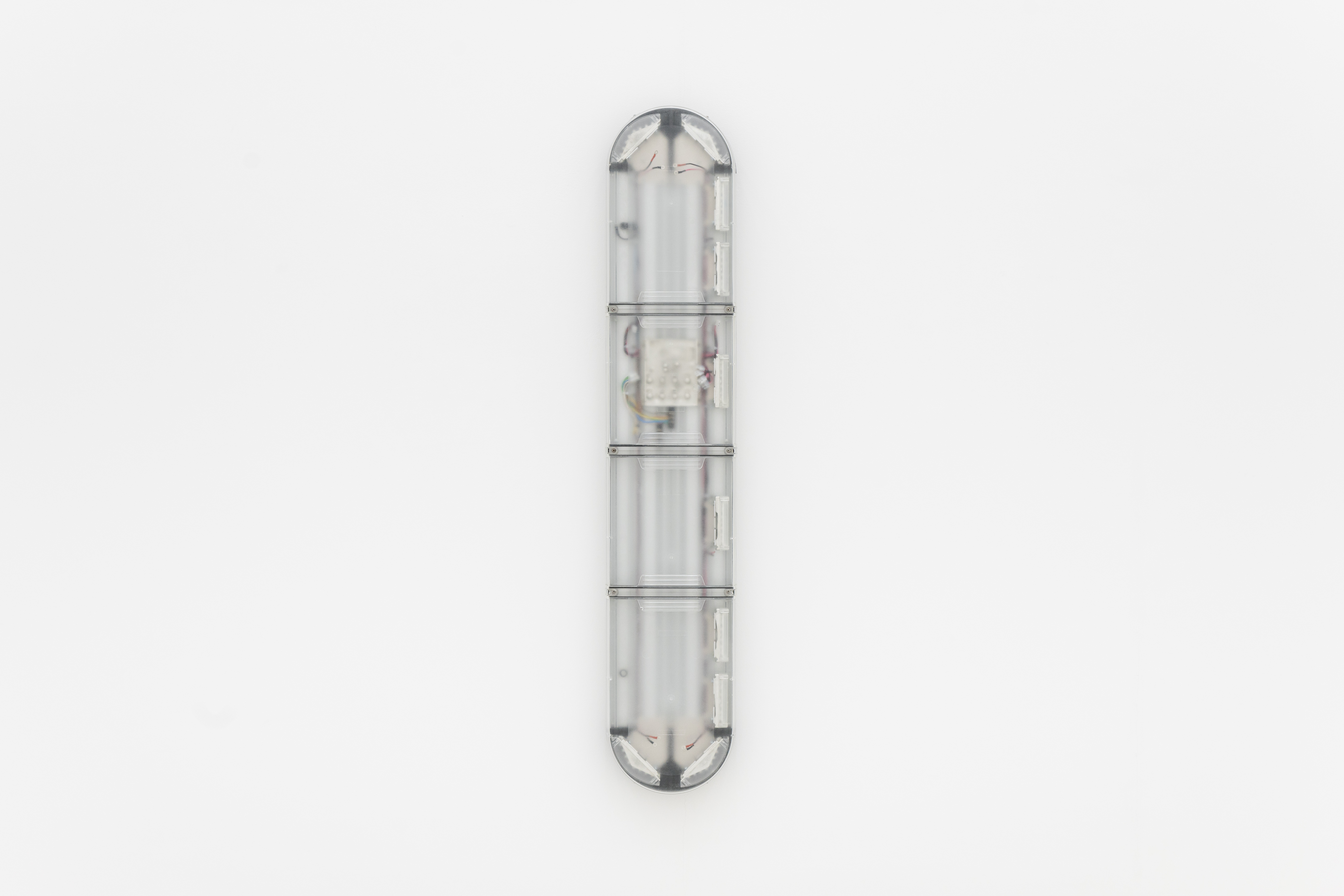
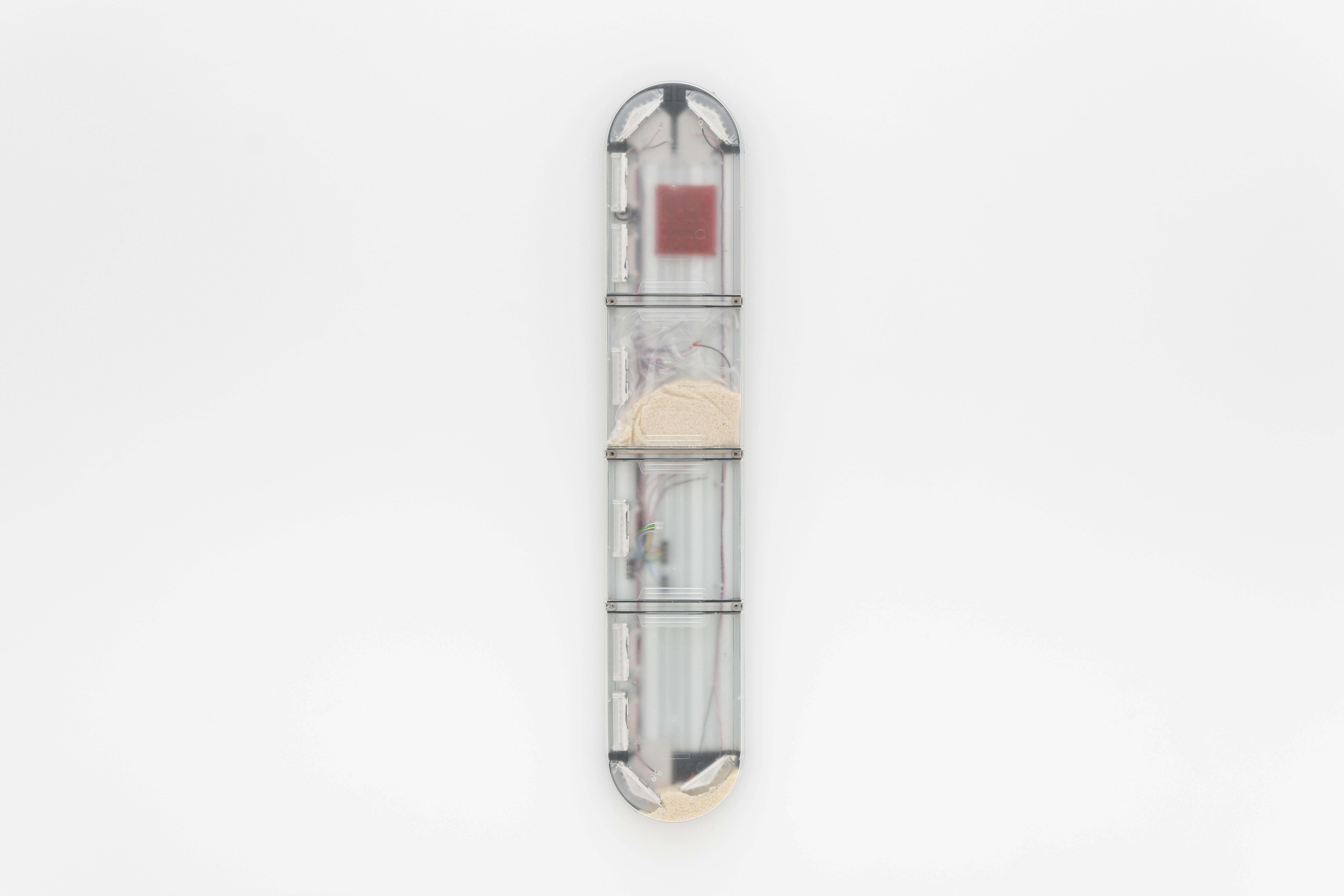
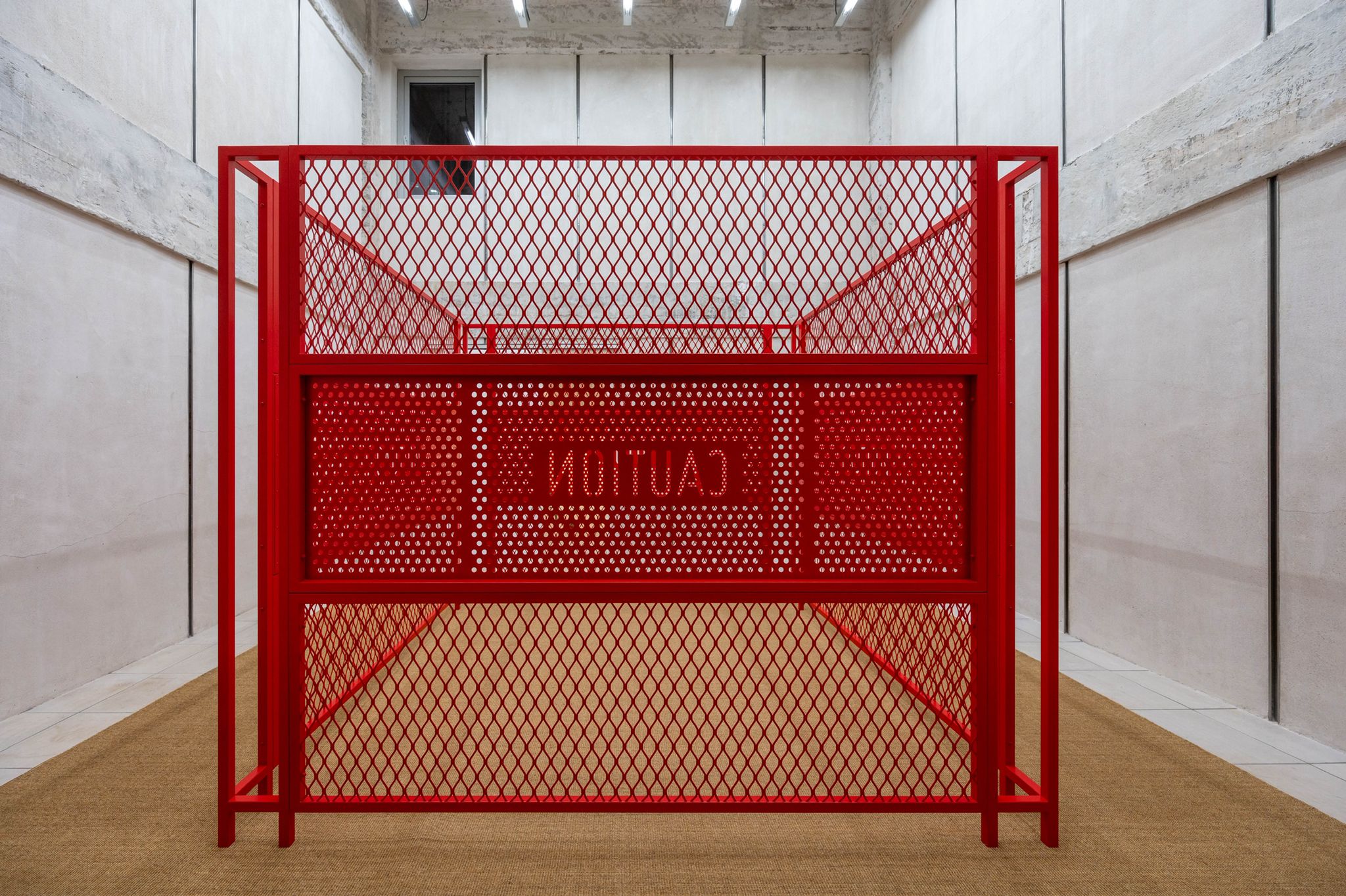

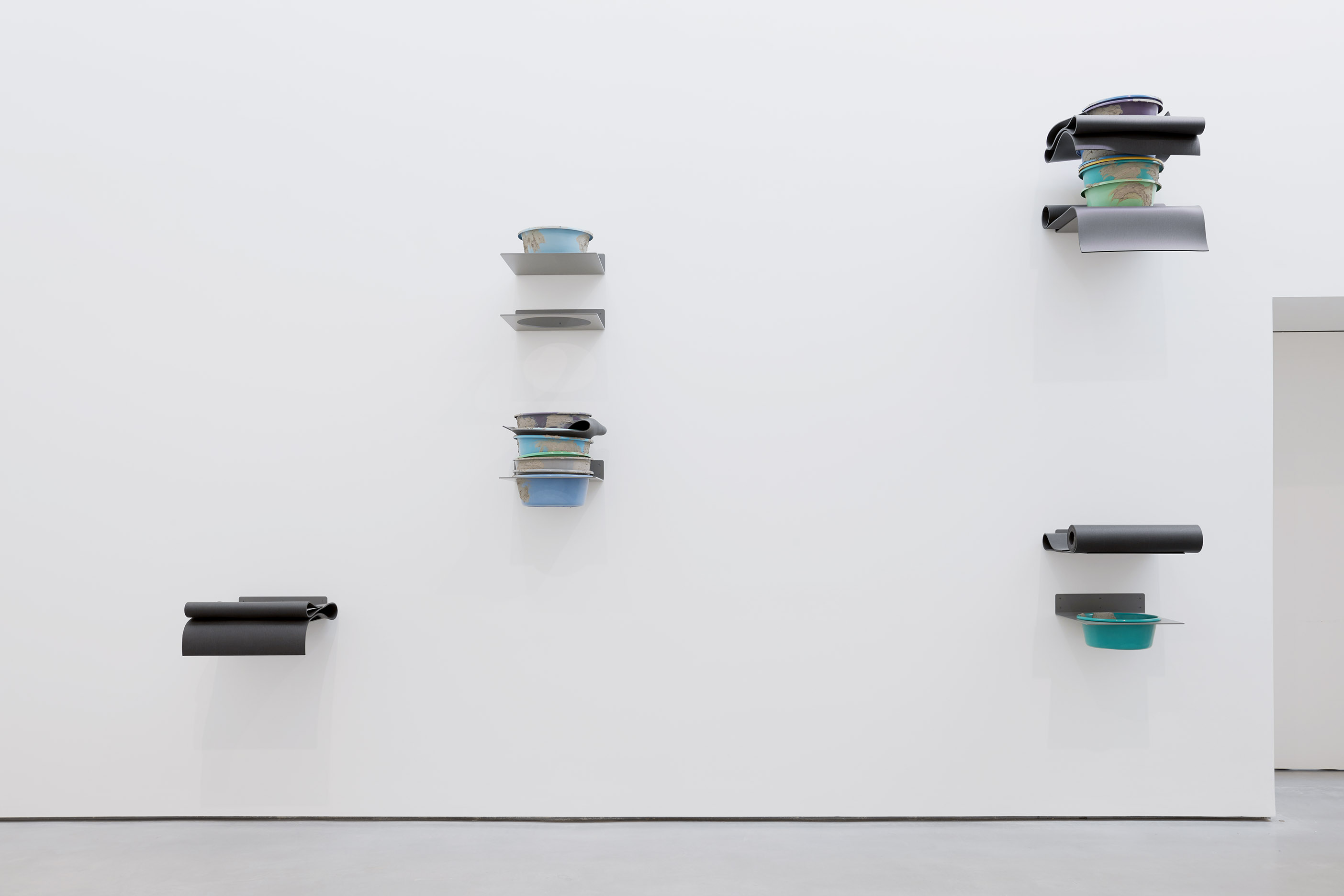
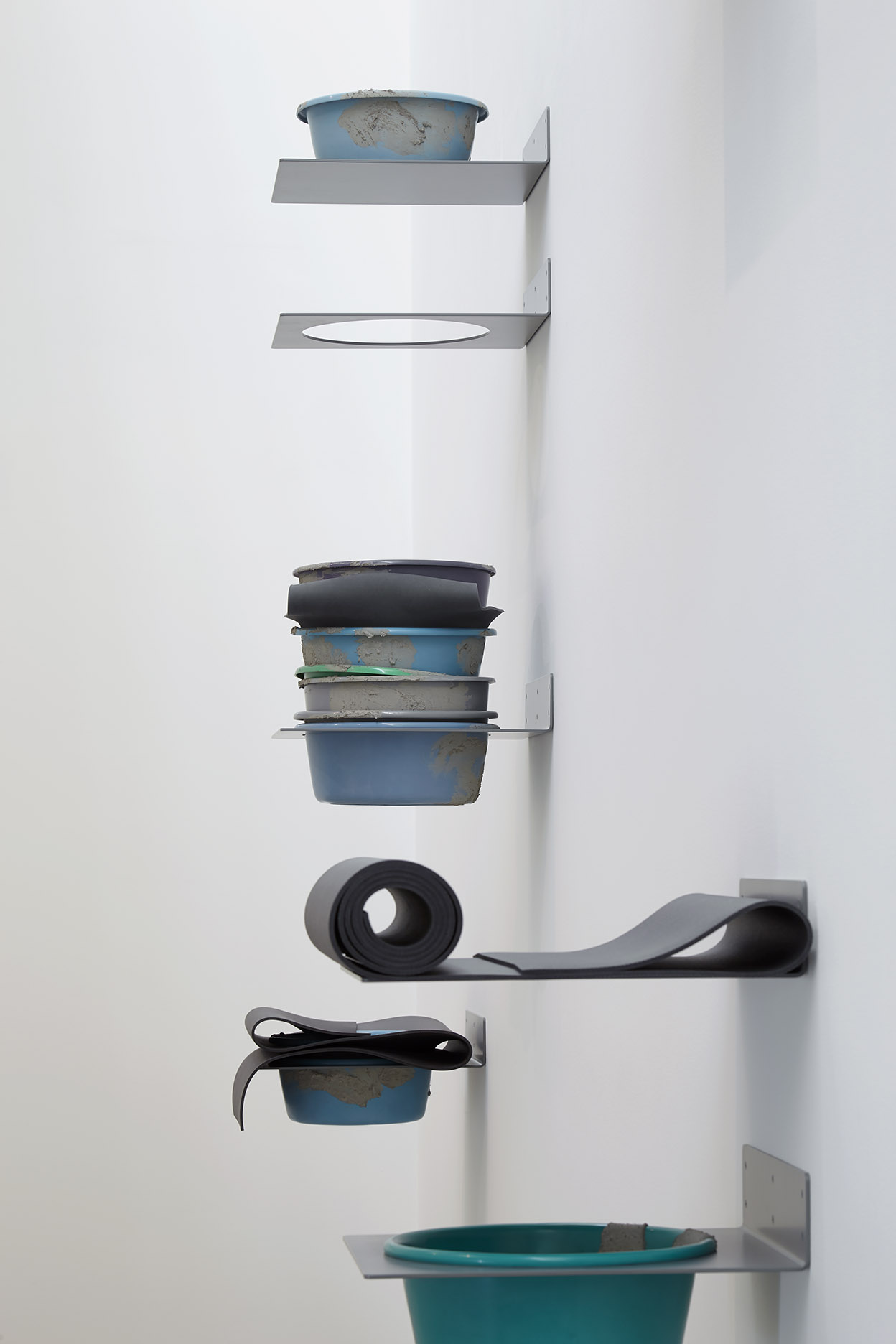
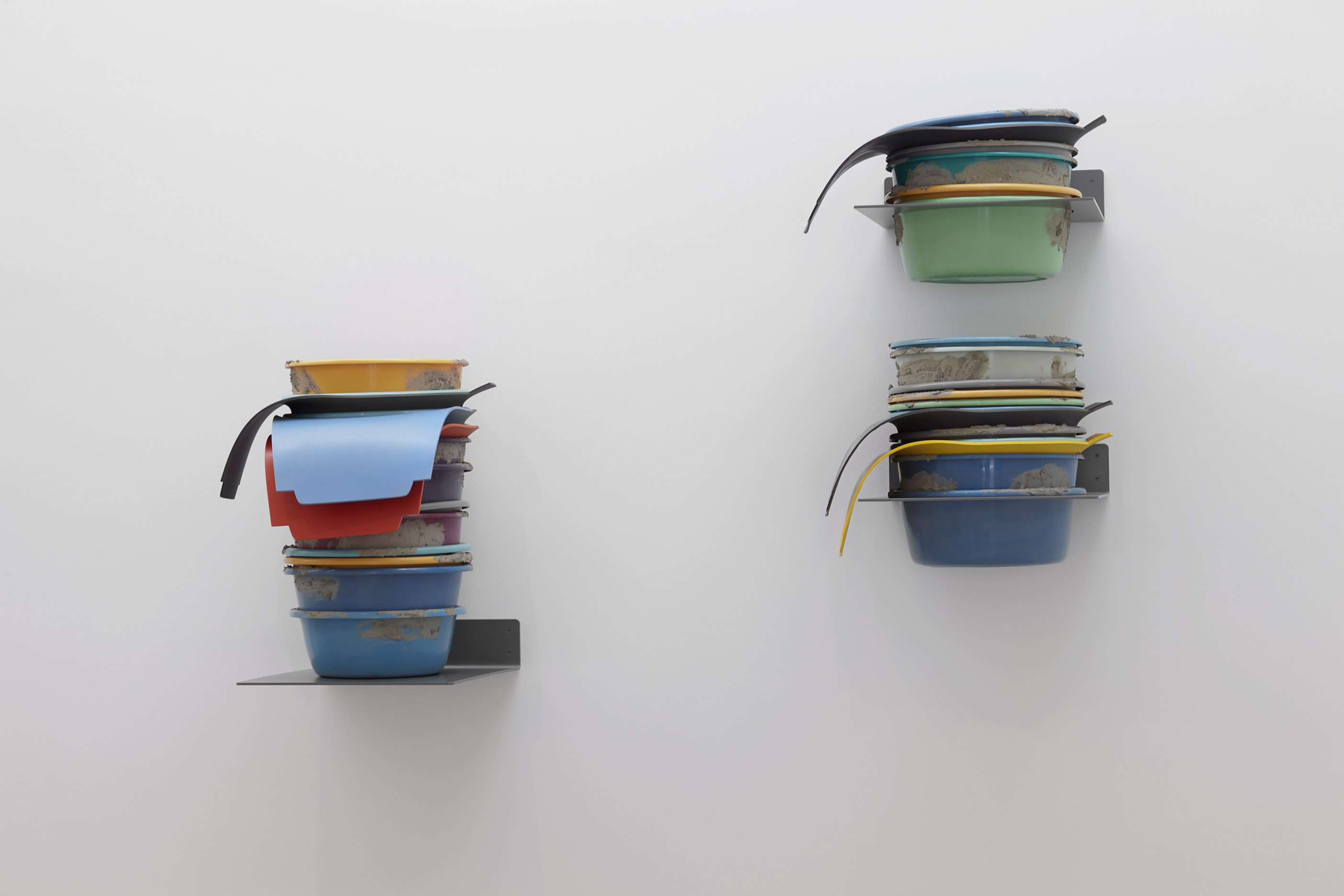
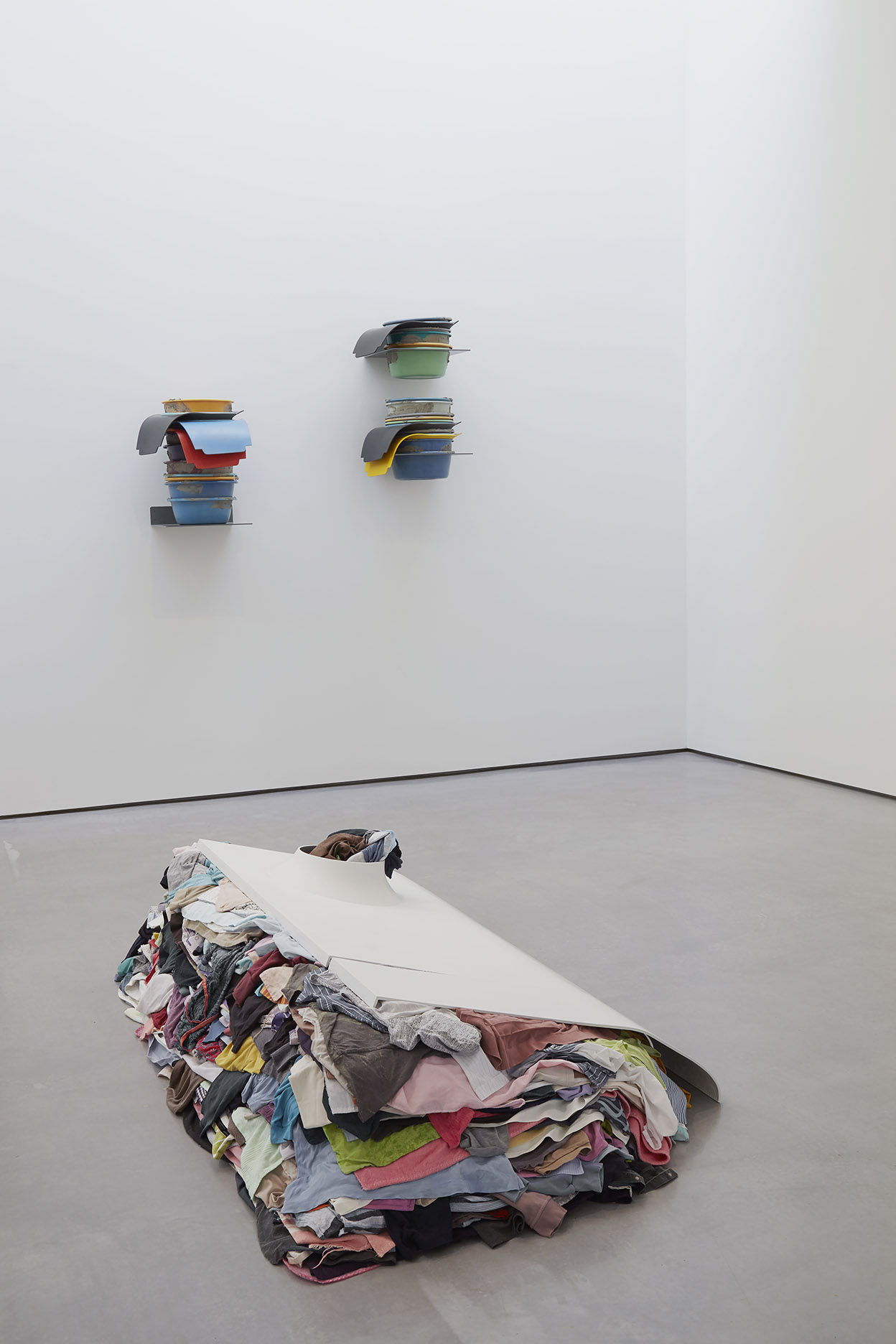
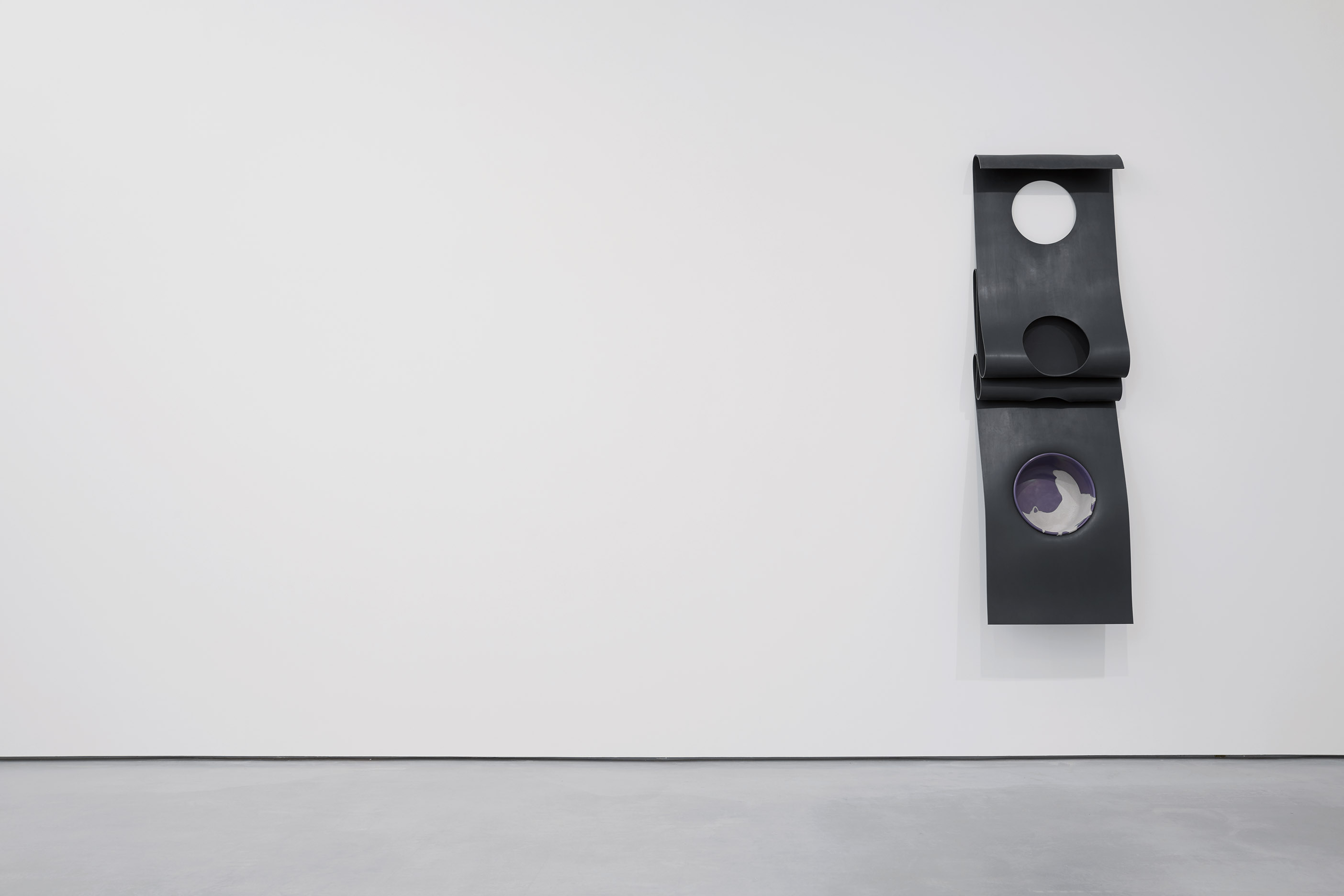
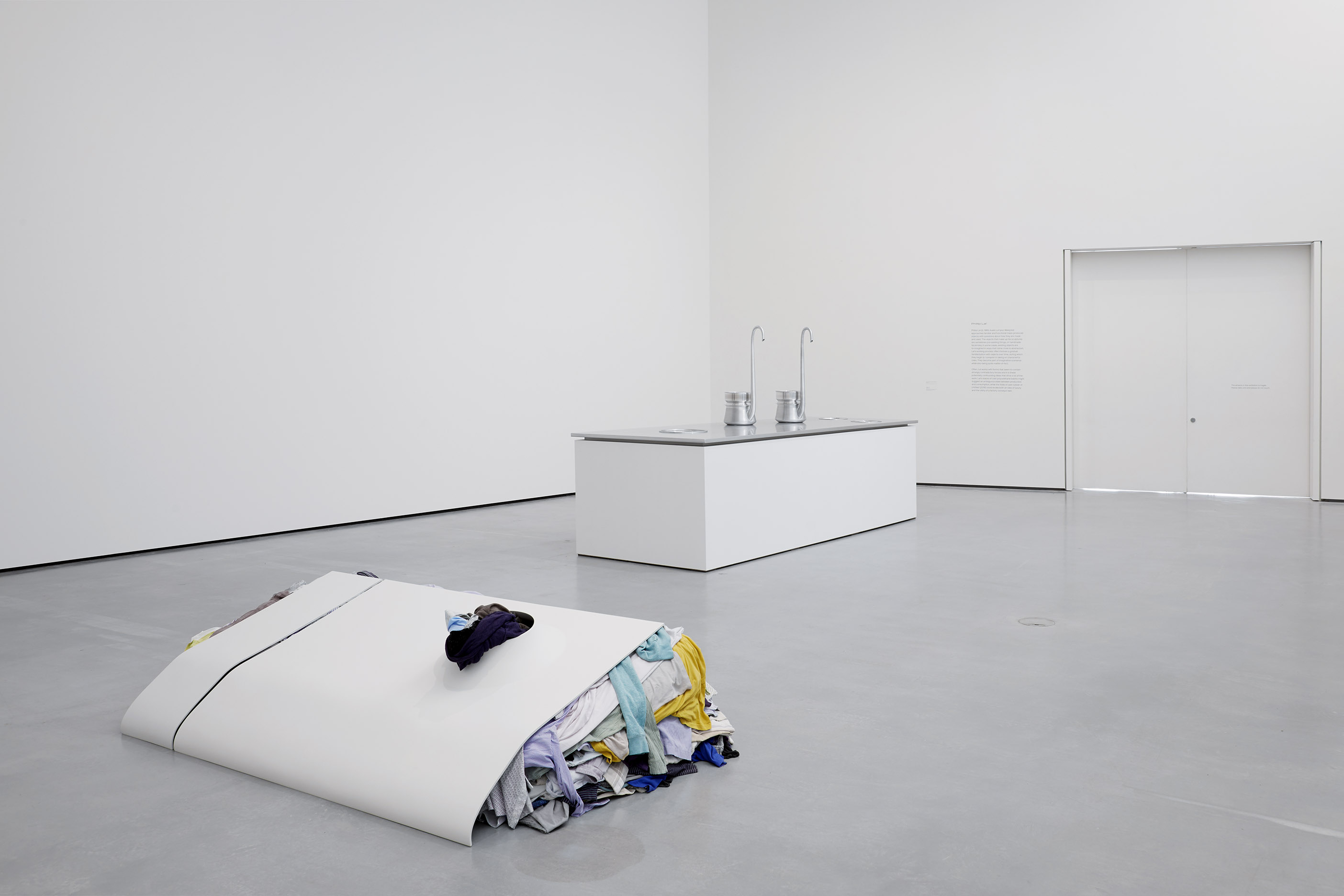
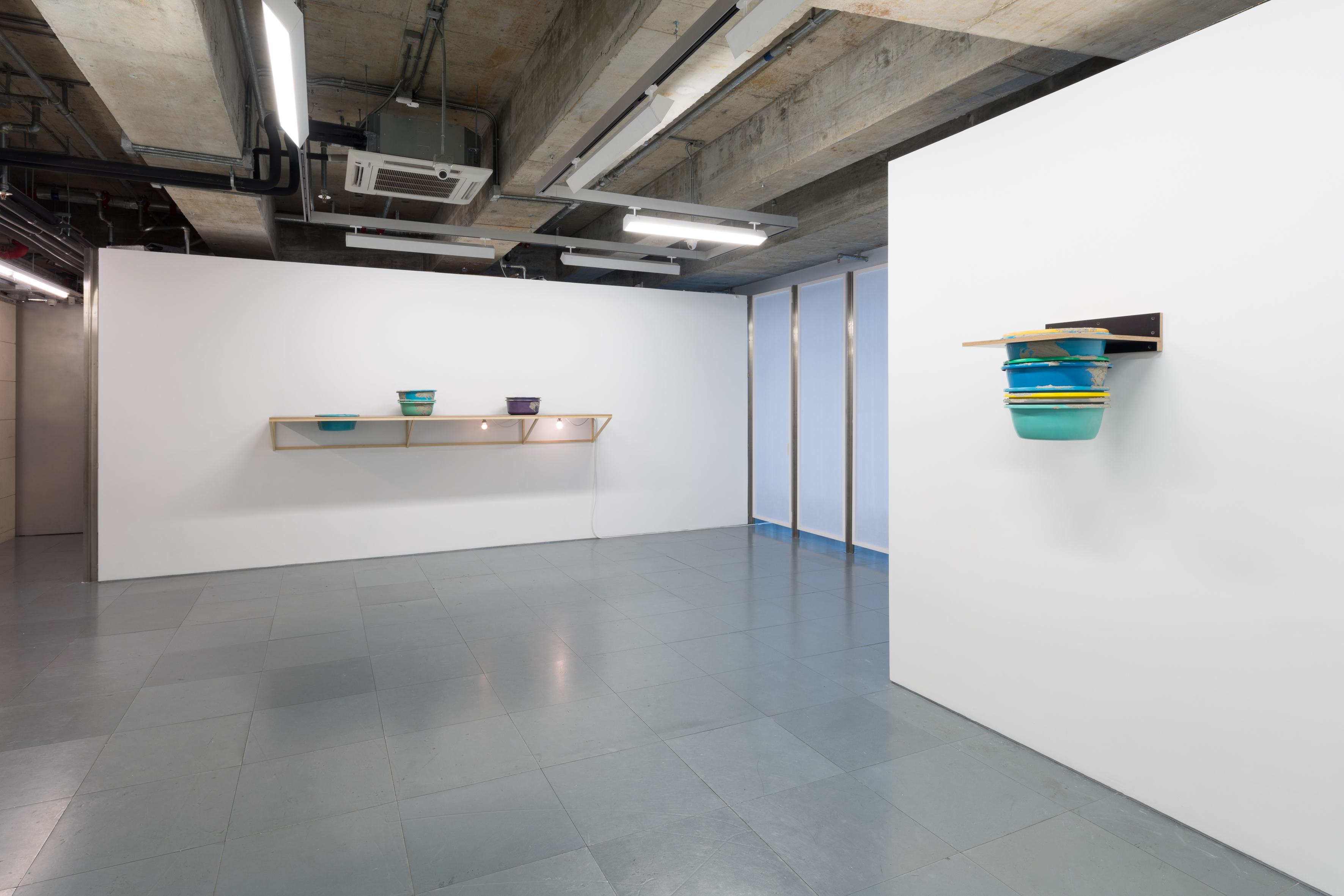
‘In the Half Life’ at Edouard Malingue Gallery, Hong Kong
2018
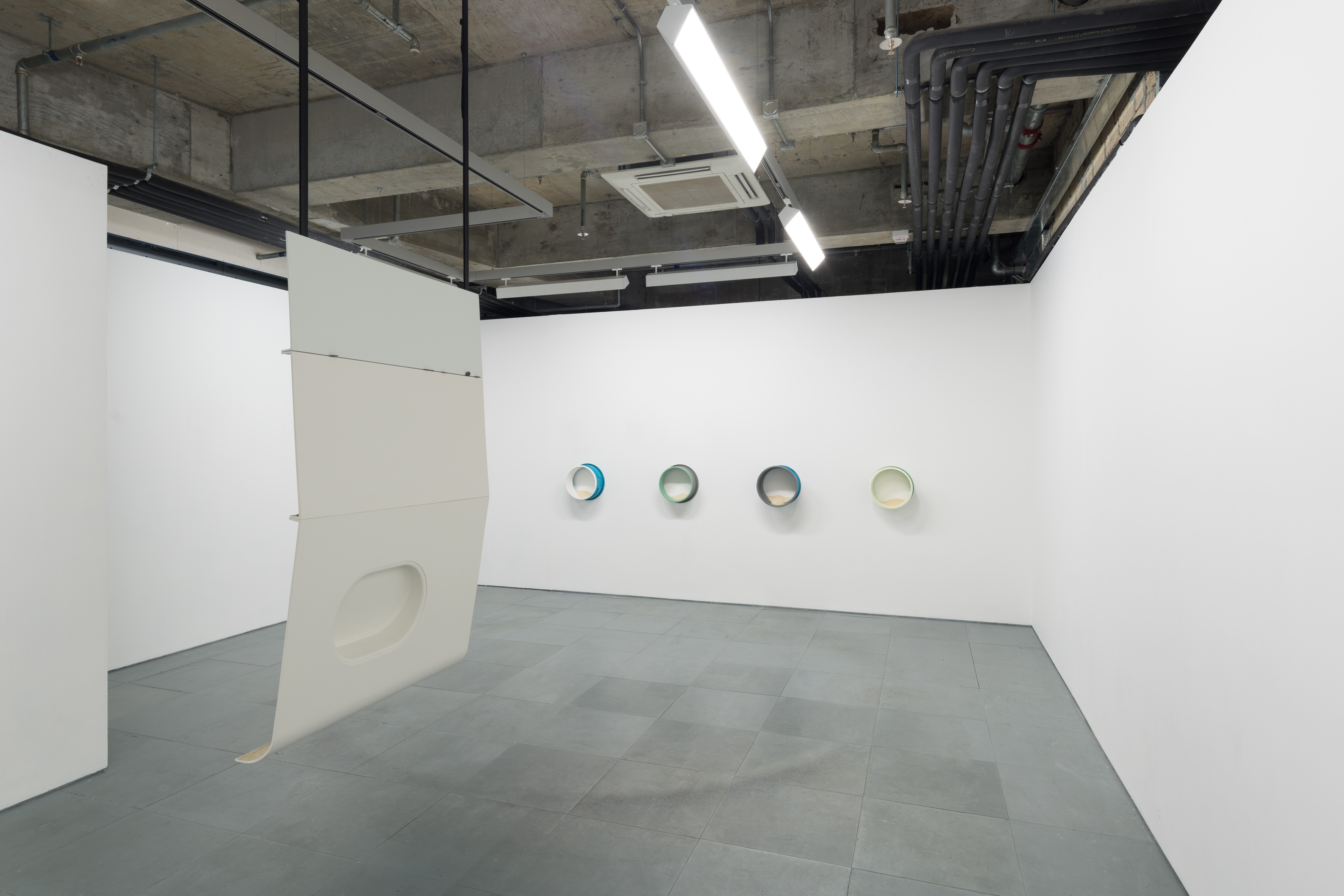
‘In the Half Life’ at Edouard Malingue Gallery, Hong Kong
2018
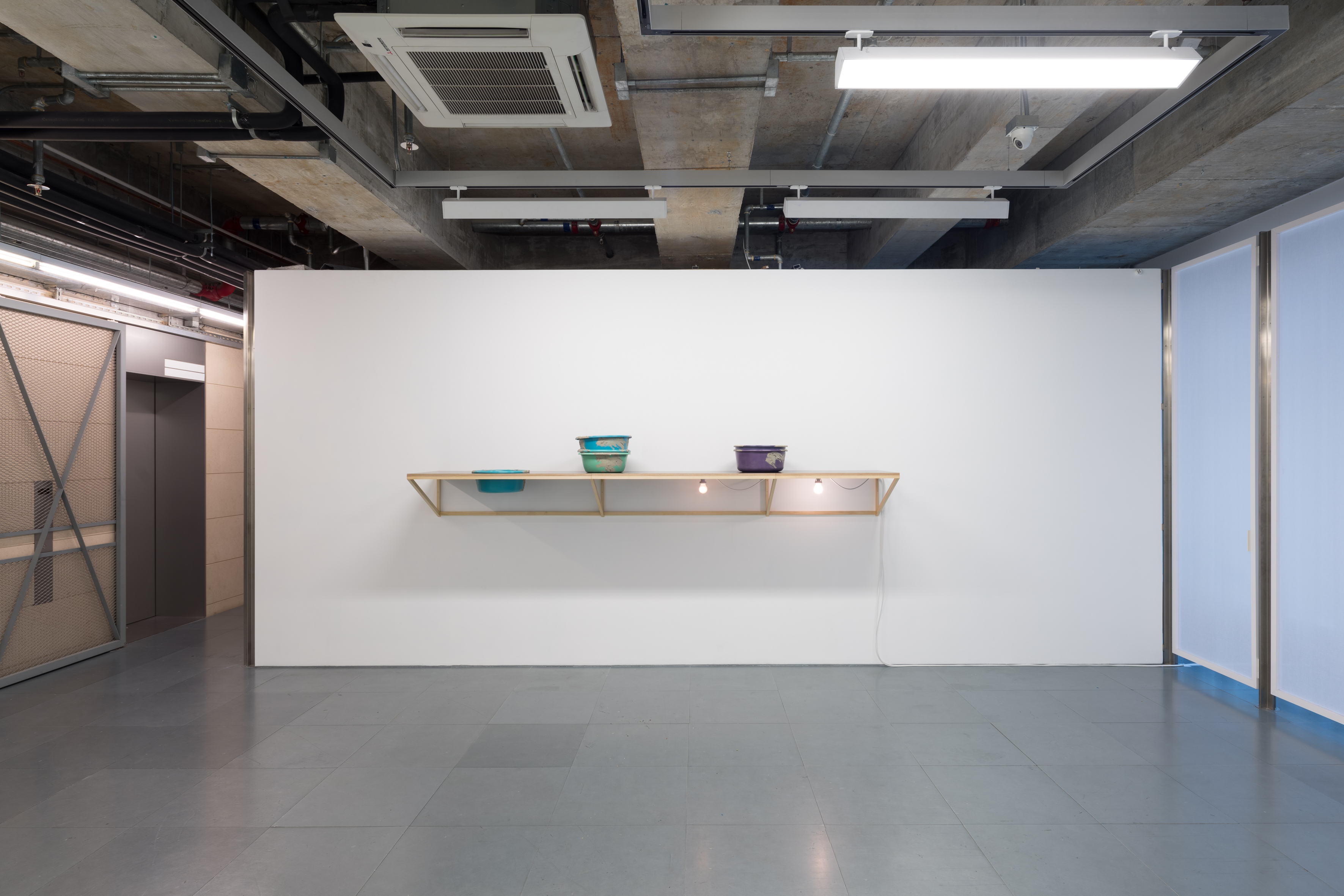
2018
Cast polyurethane, concrete, laminated plywood, timber, lamp holders, bulbs
333 W x 60 D x 35 H cm

2018
Cast polyurethane, concrete, laminated plywood, bolts
48 w x 53.5 D x 49.5 H cm
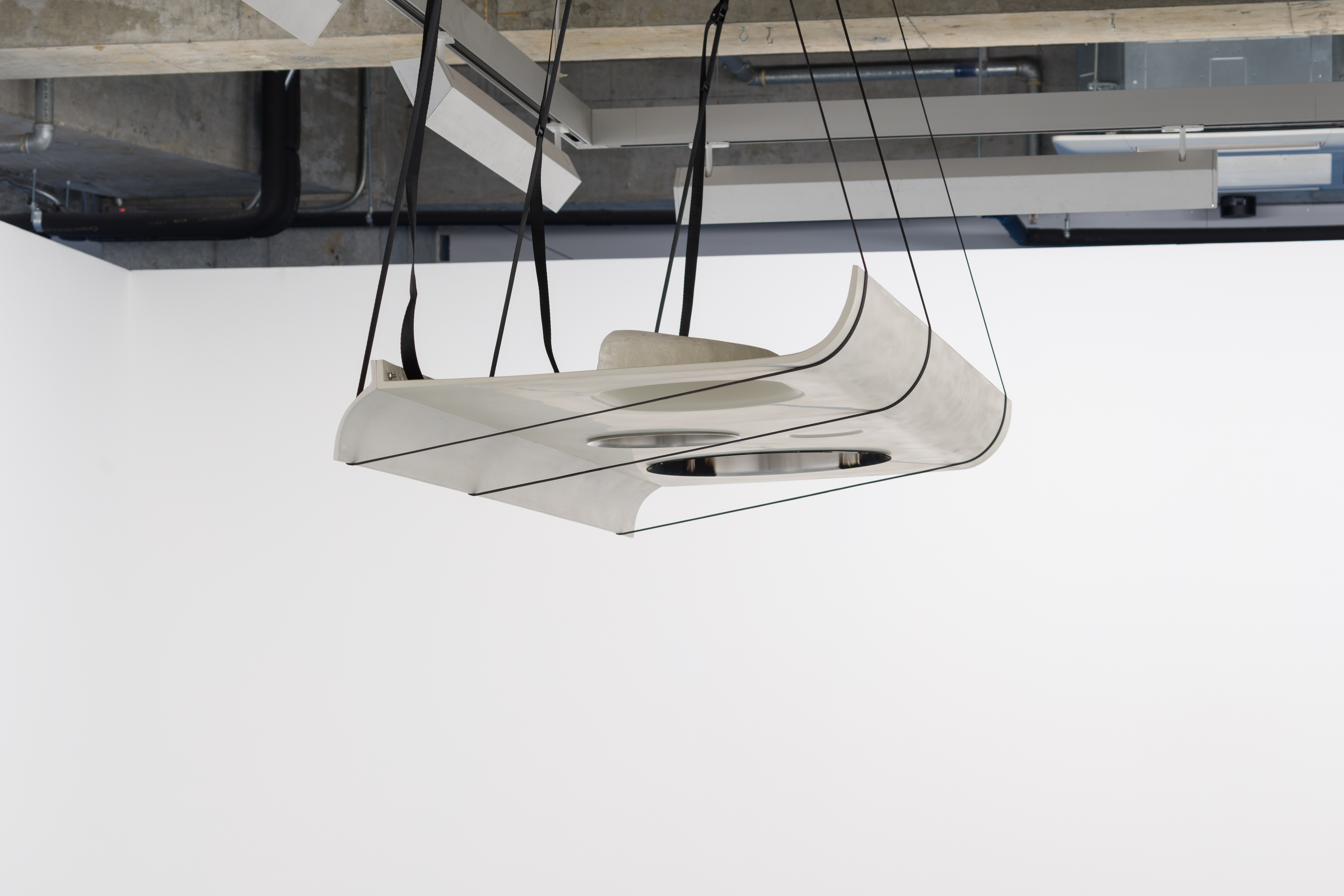
2018
Fibreglass, aluminium, soot, straps, cambuckles, d-rings, carbine hooks, bolts
210 W x 80 D x 25 H cm
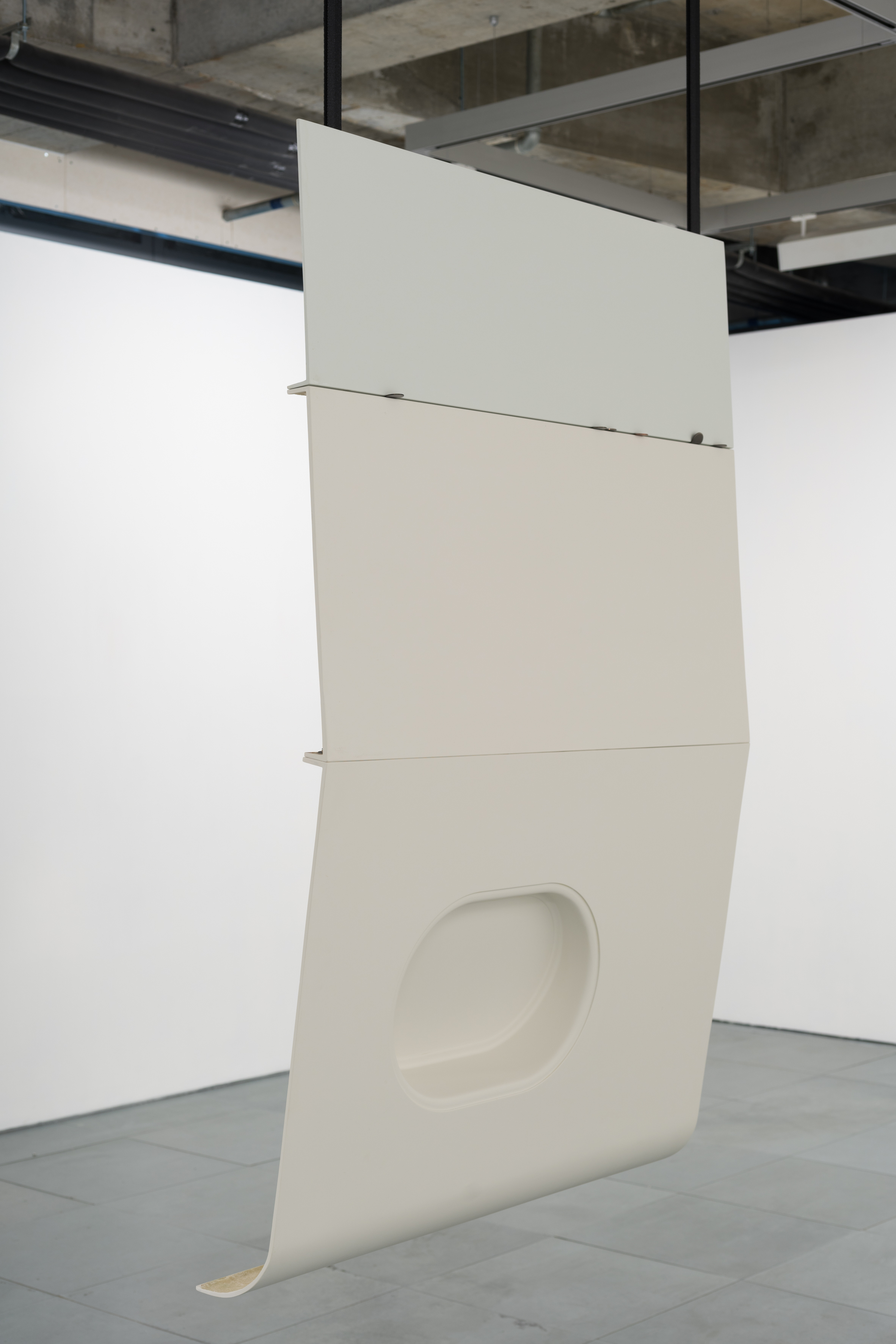
2018
Fibreglass, discoloured copper and brass, straps, cambuckles, d-rings, carbine hooks, bolts
92 W x 18 D x 144 H cm

2018
Cast polyurethane, rice
40 W x 22 D x 40 H cm
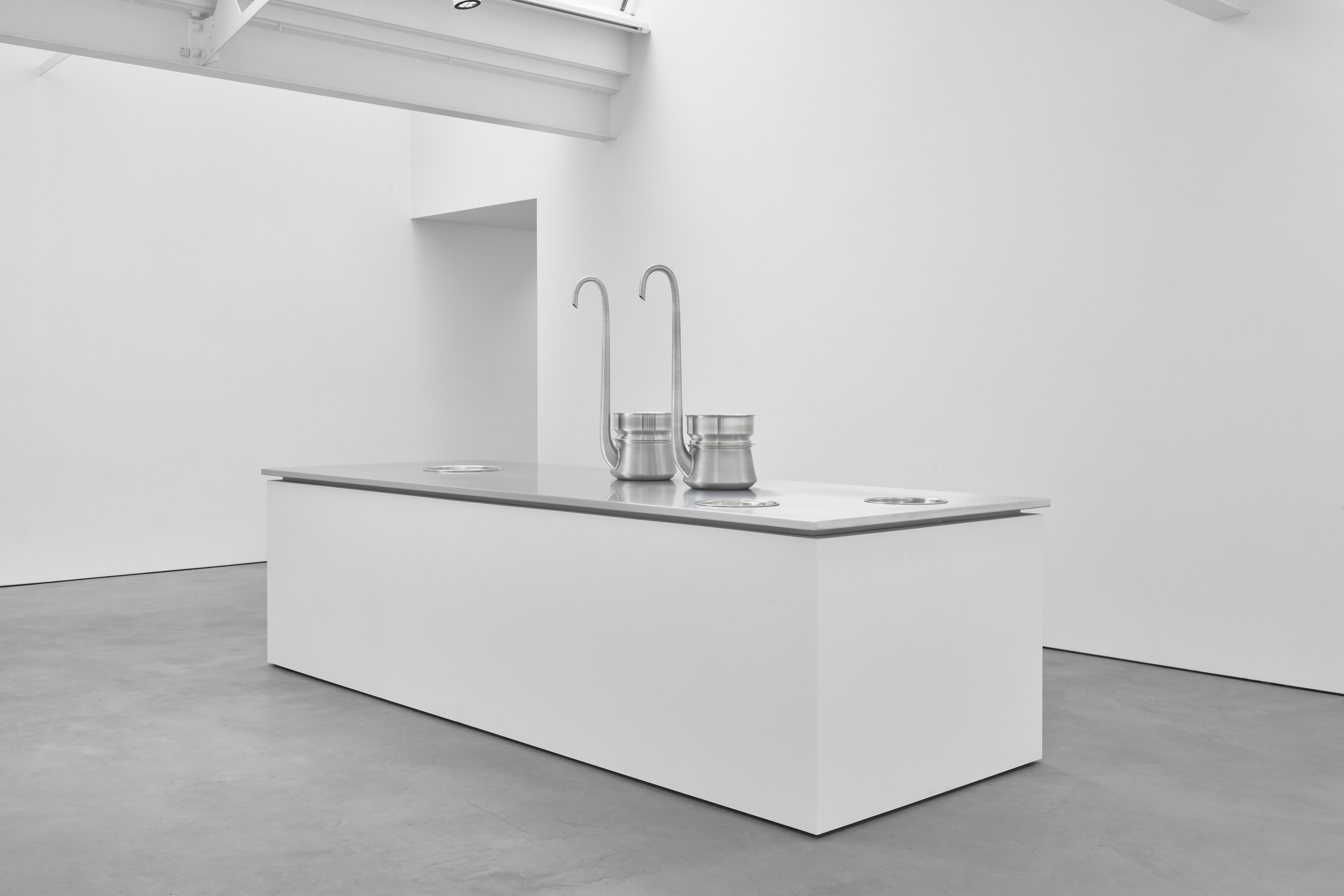
2016
aluminium
87.5 x 330 x 120 cm
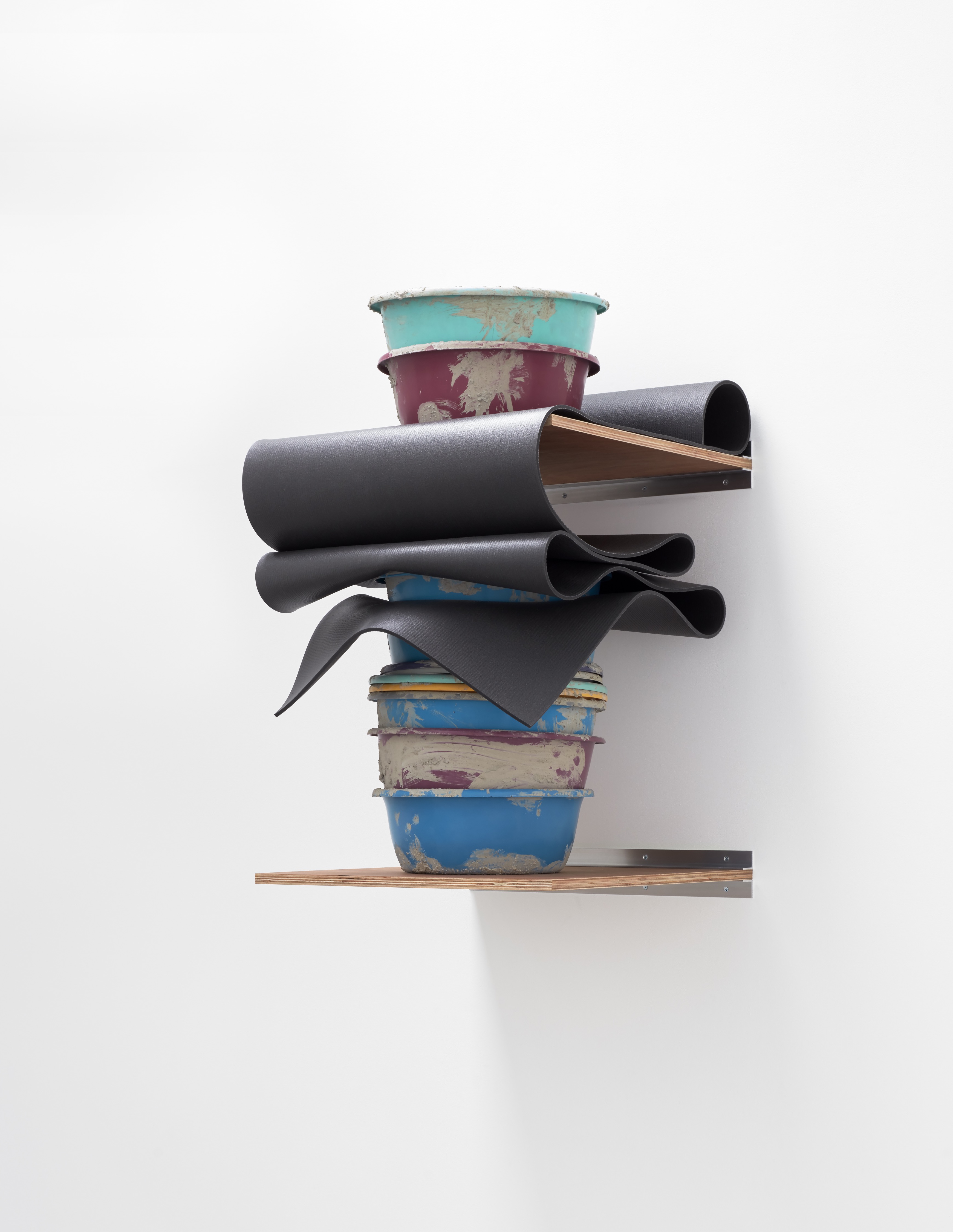
2016
cast polyurethane resin, concrete, PVC foam, plywood, aluminium
101 x 60 x 68 cm
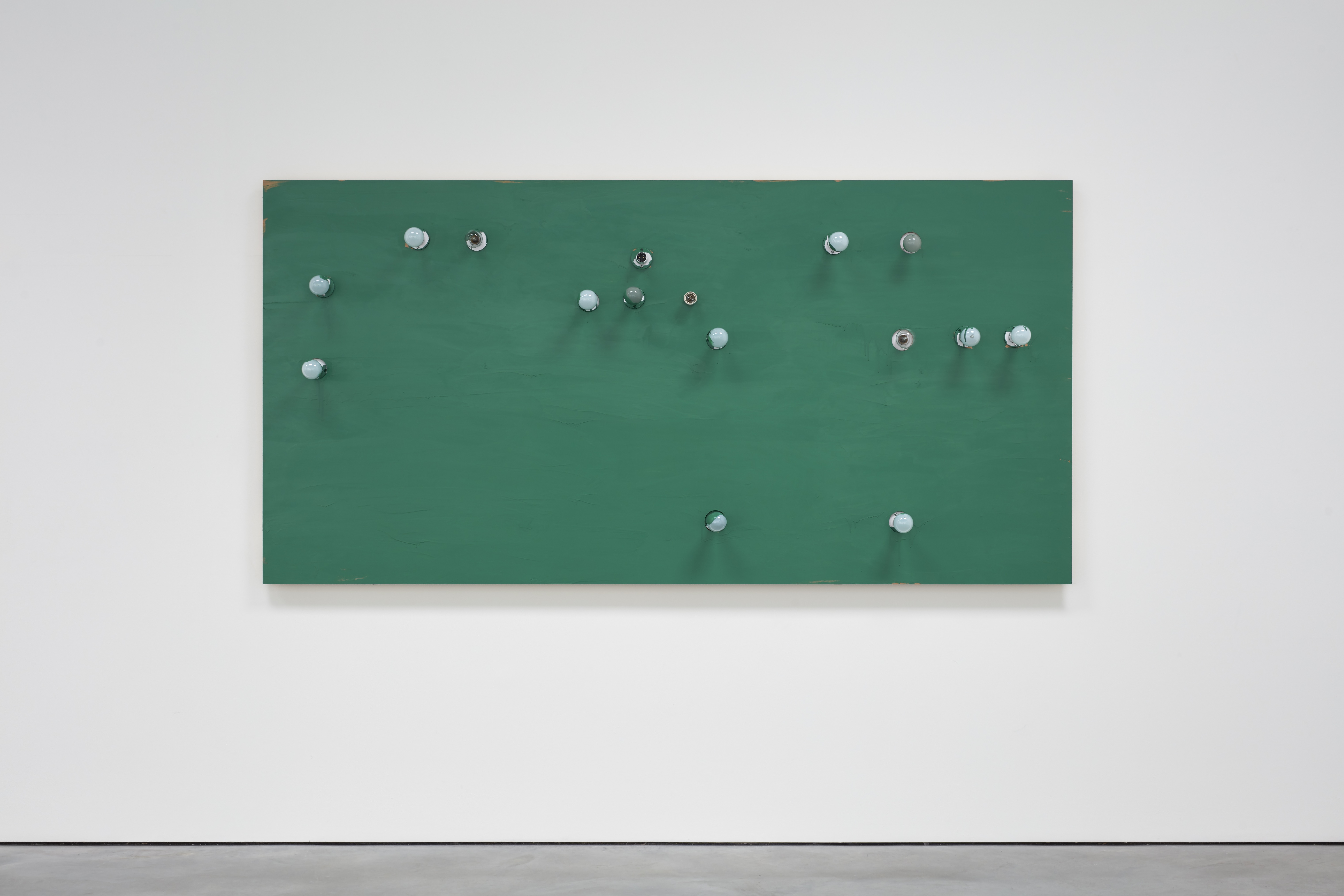
2016
wood, plywood, light bulbs, lamp holders, paint
122 x 244 x 18 cm
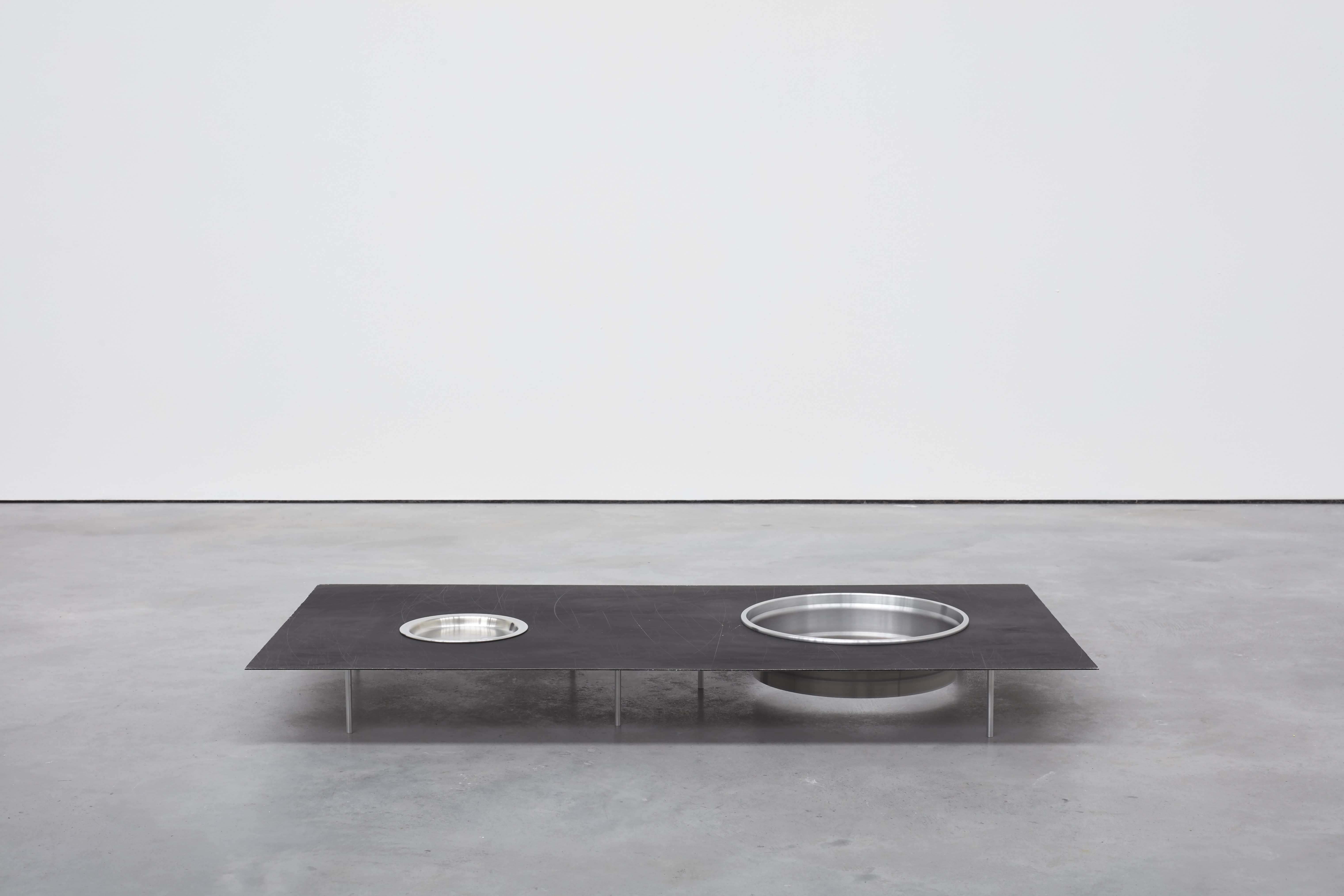
2016
aluminium, paint
12.5 x 122 x 60.5 cm
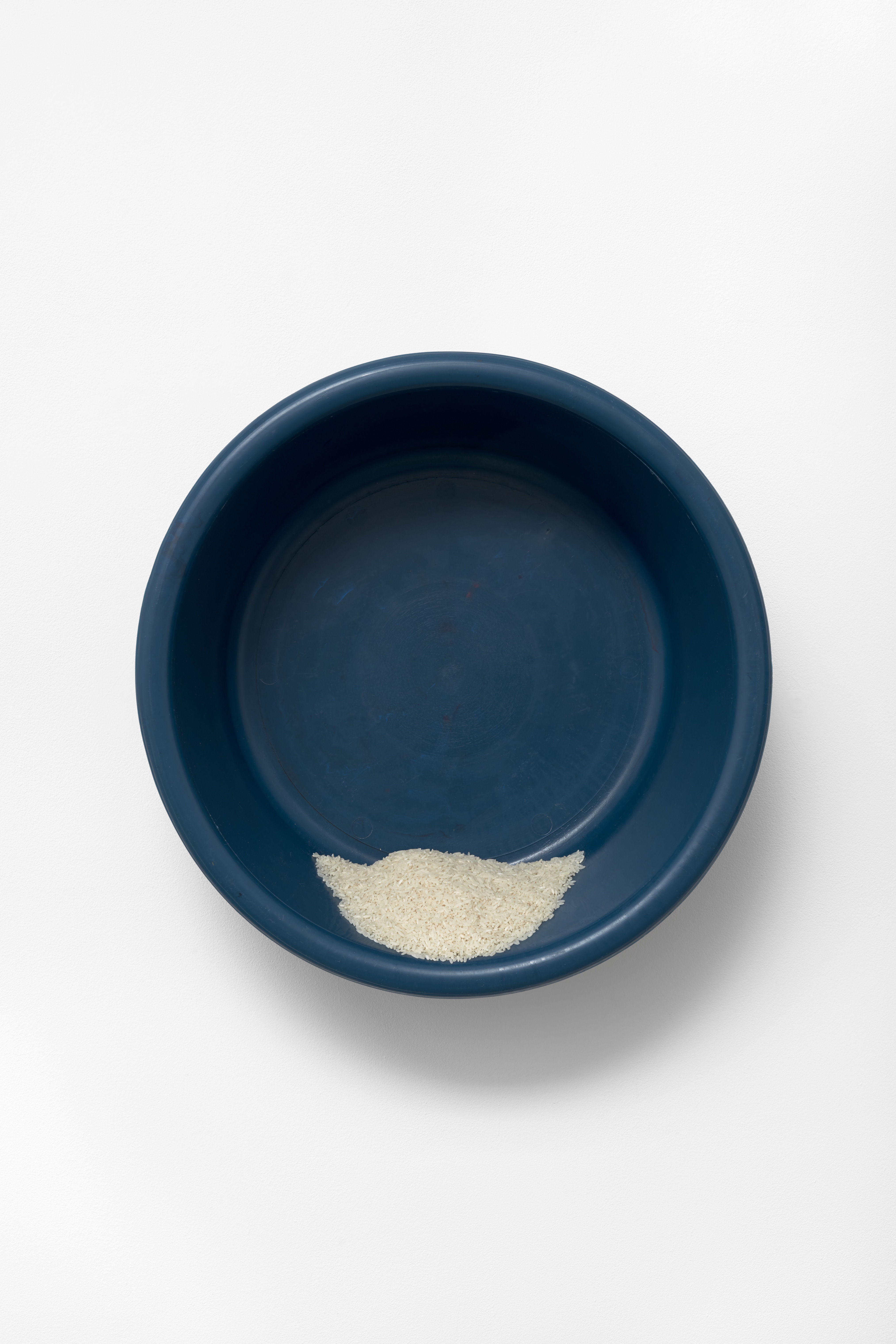
2016
plastic basin, rice
47 x 47 x 18 cm
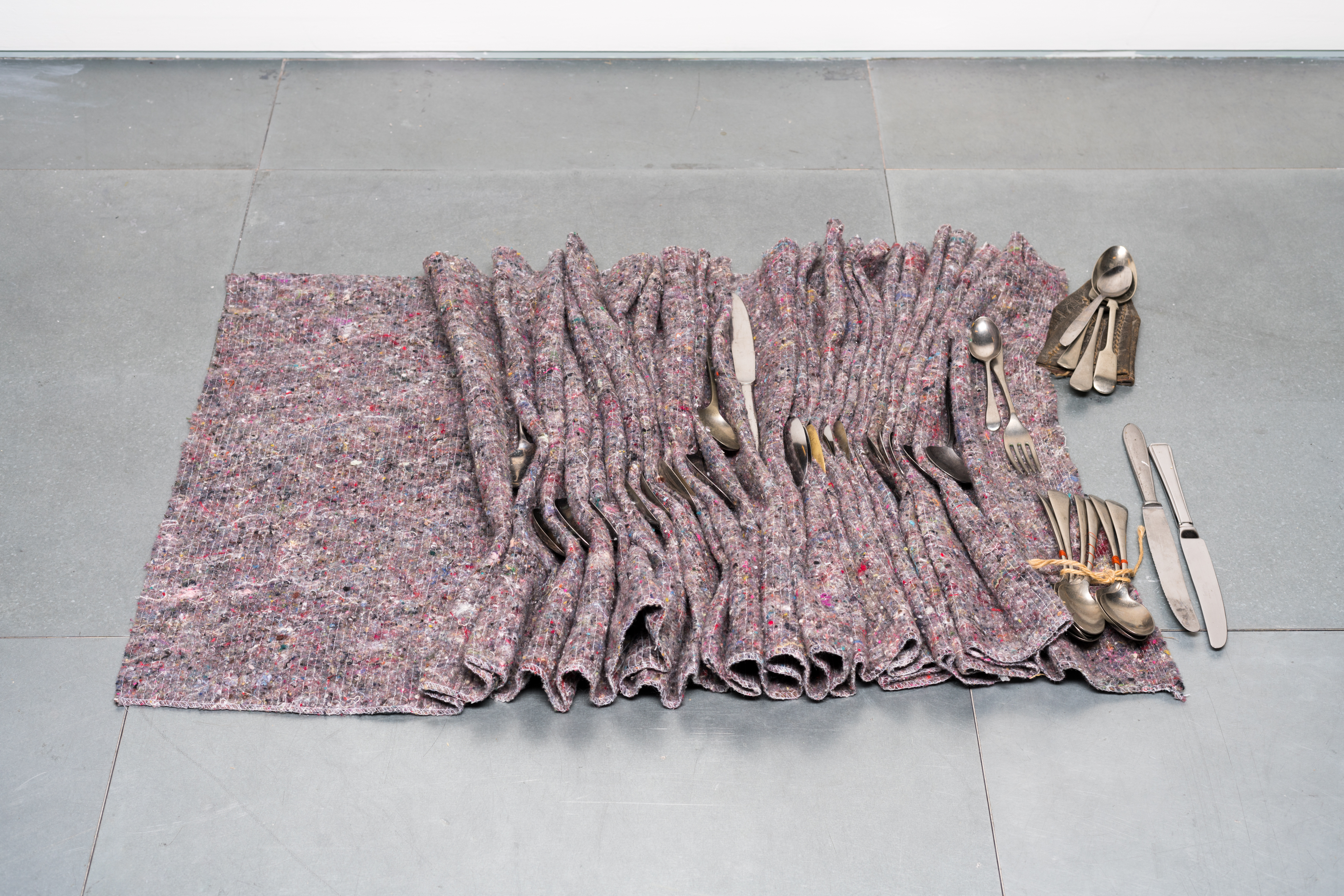
2014
Cutlery, transit blanket, thread, string, leather
5.5 x 84 x 51 cm
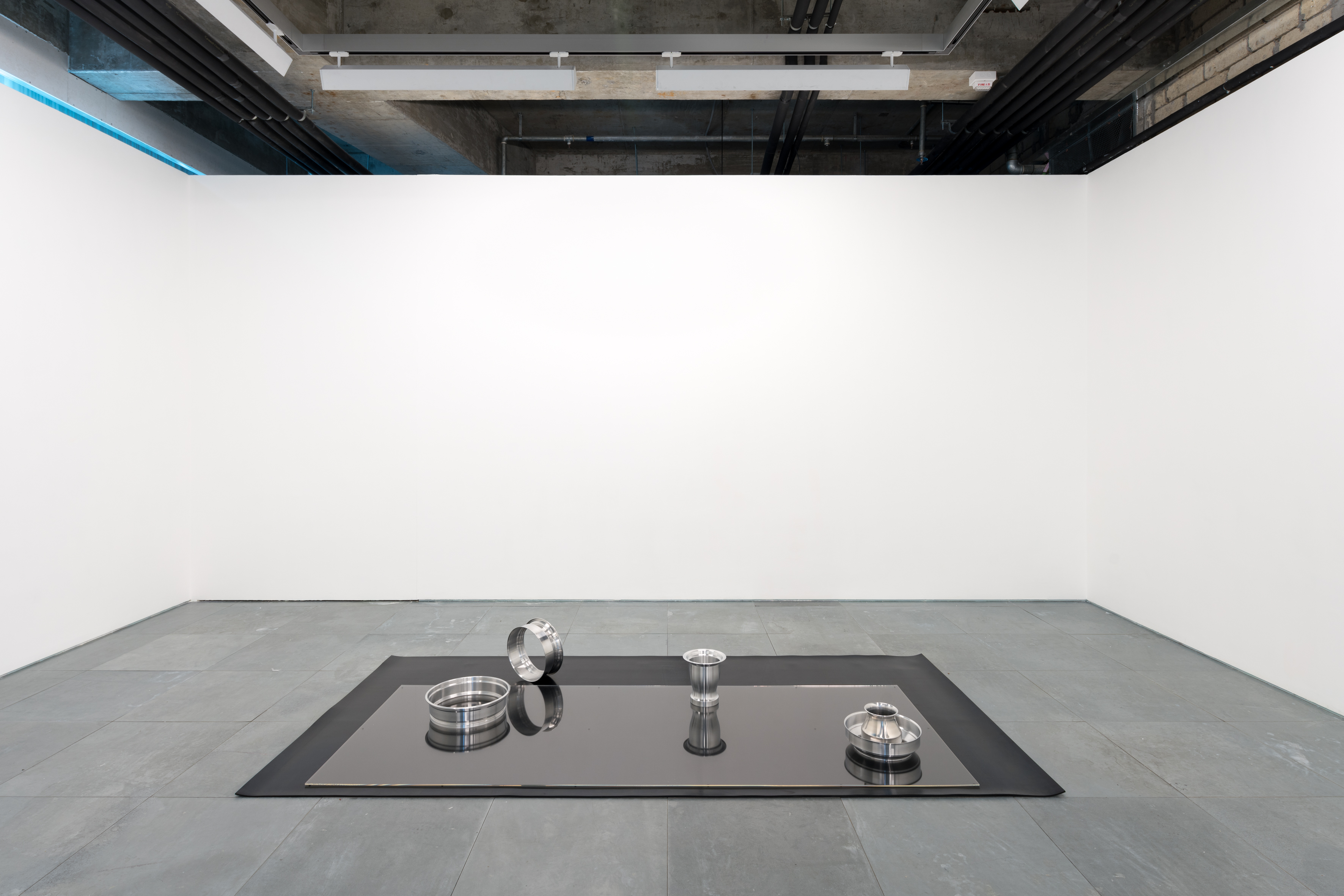
2014
aluminium, rubber, acrylic
30 x 289 x 139.5 cm
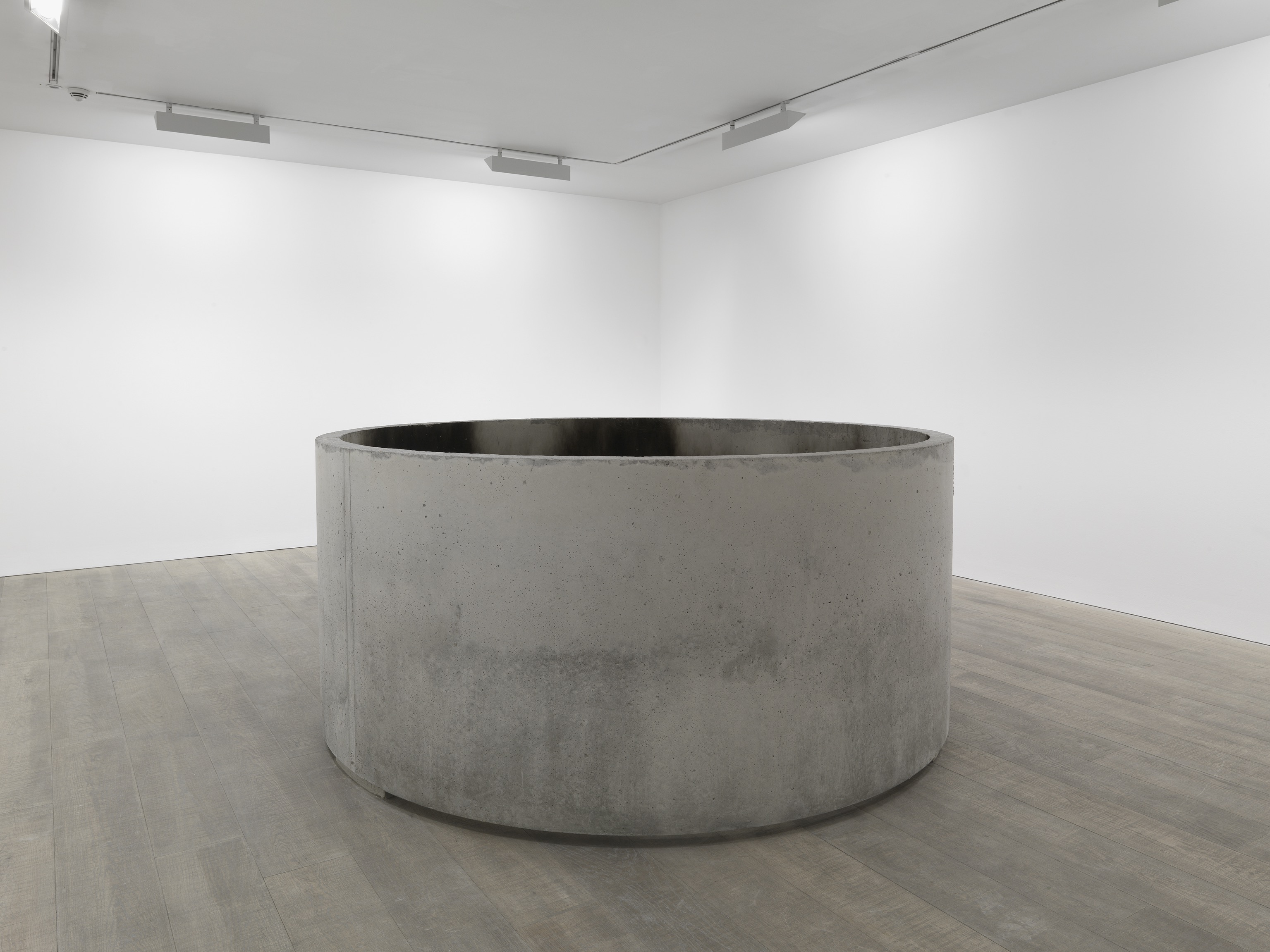
2012
reinforced concrete, soot
117 height x 258 cm diameter
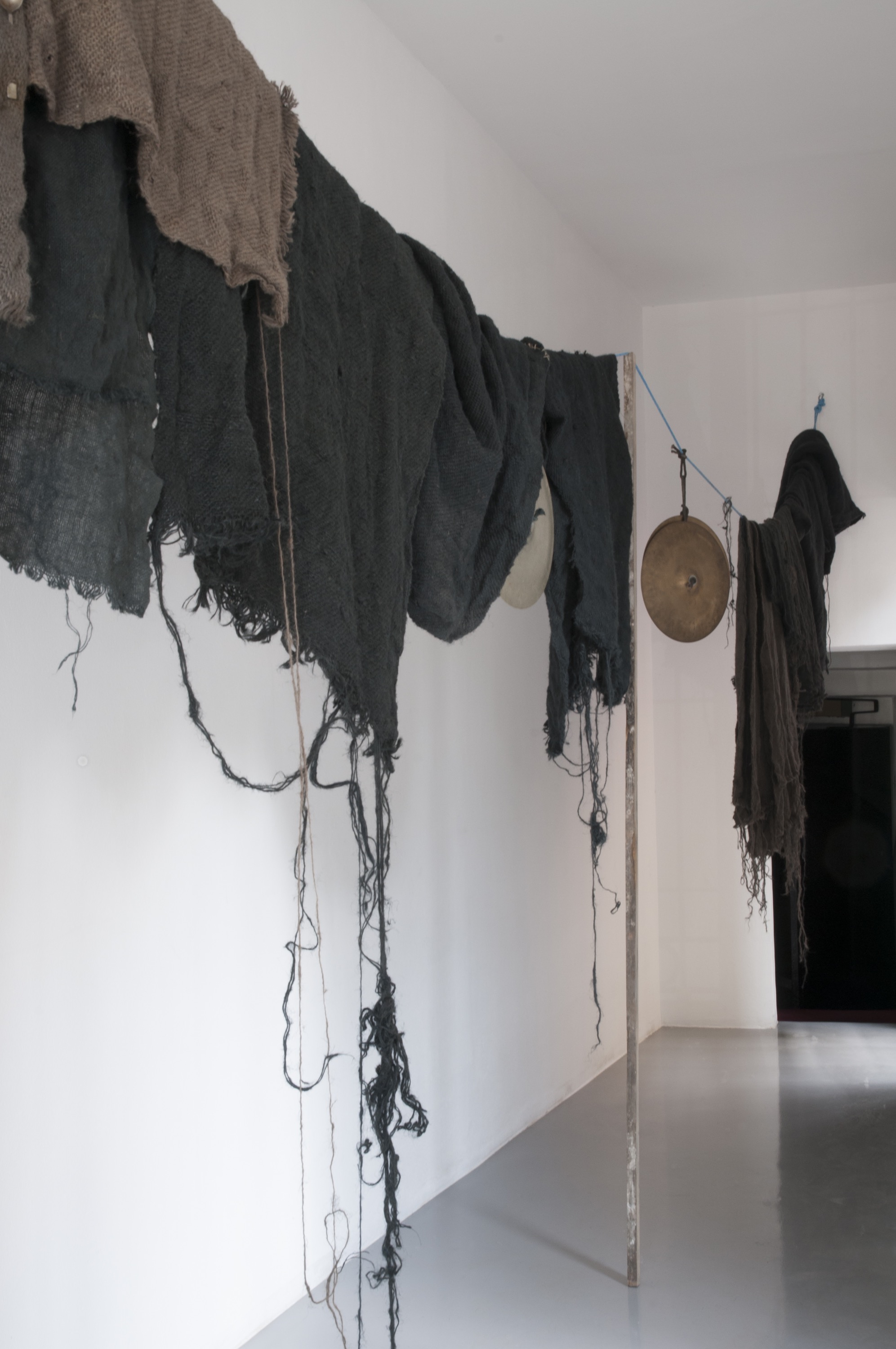
2012
dyed jute, cymbals,teaspoons, needles, blue polypropylene rope, shackle, carbines
309 x 780 x 15 cm

2012
wood, paint, keys, mixed media
79.5 x 89.5 x 11 cm
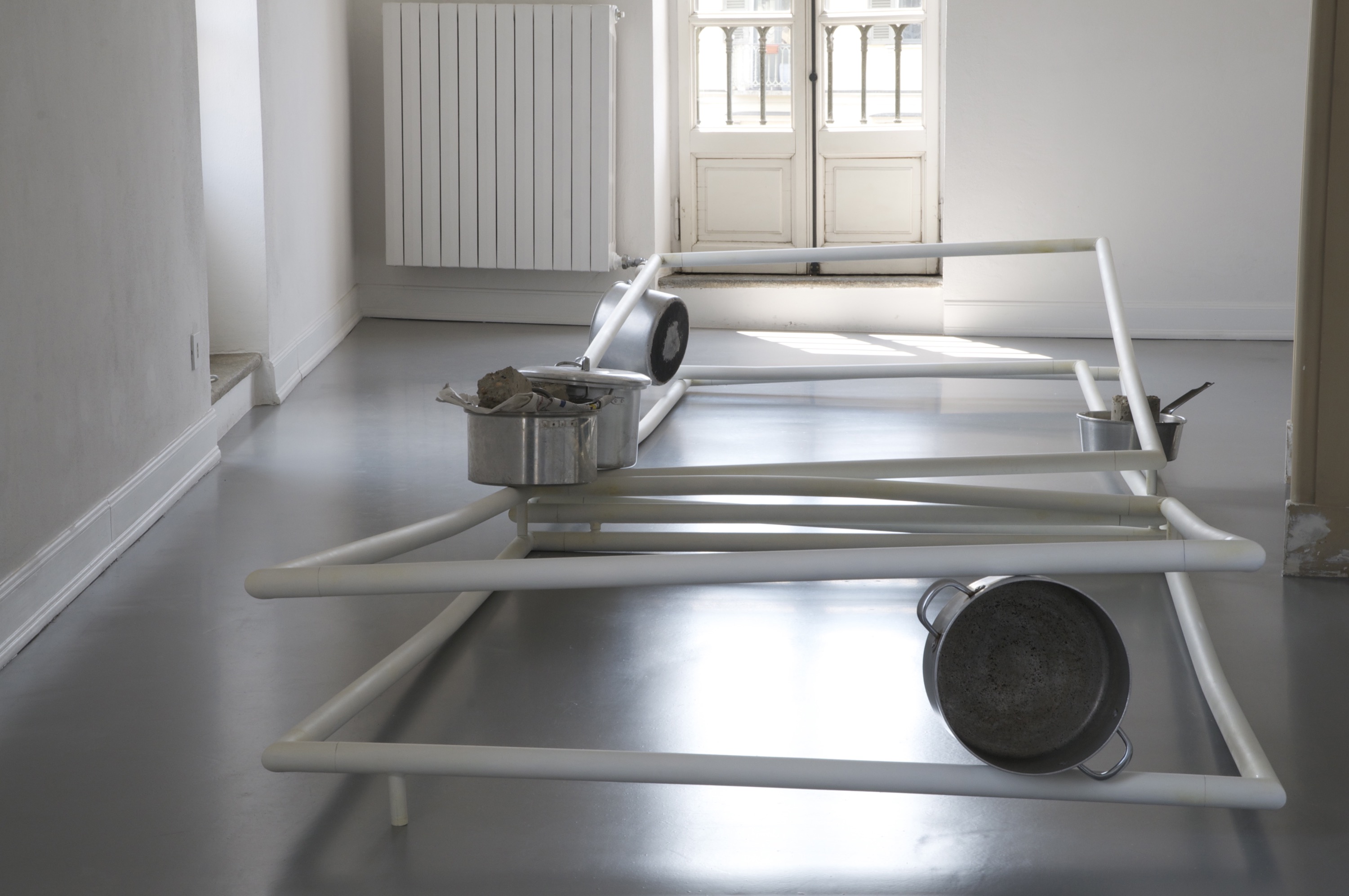
2012
painted steel, cooking pots, concrete, newspaper
45.5 x 137 x 440 cm
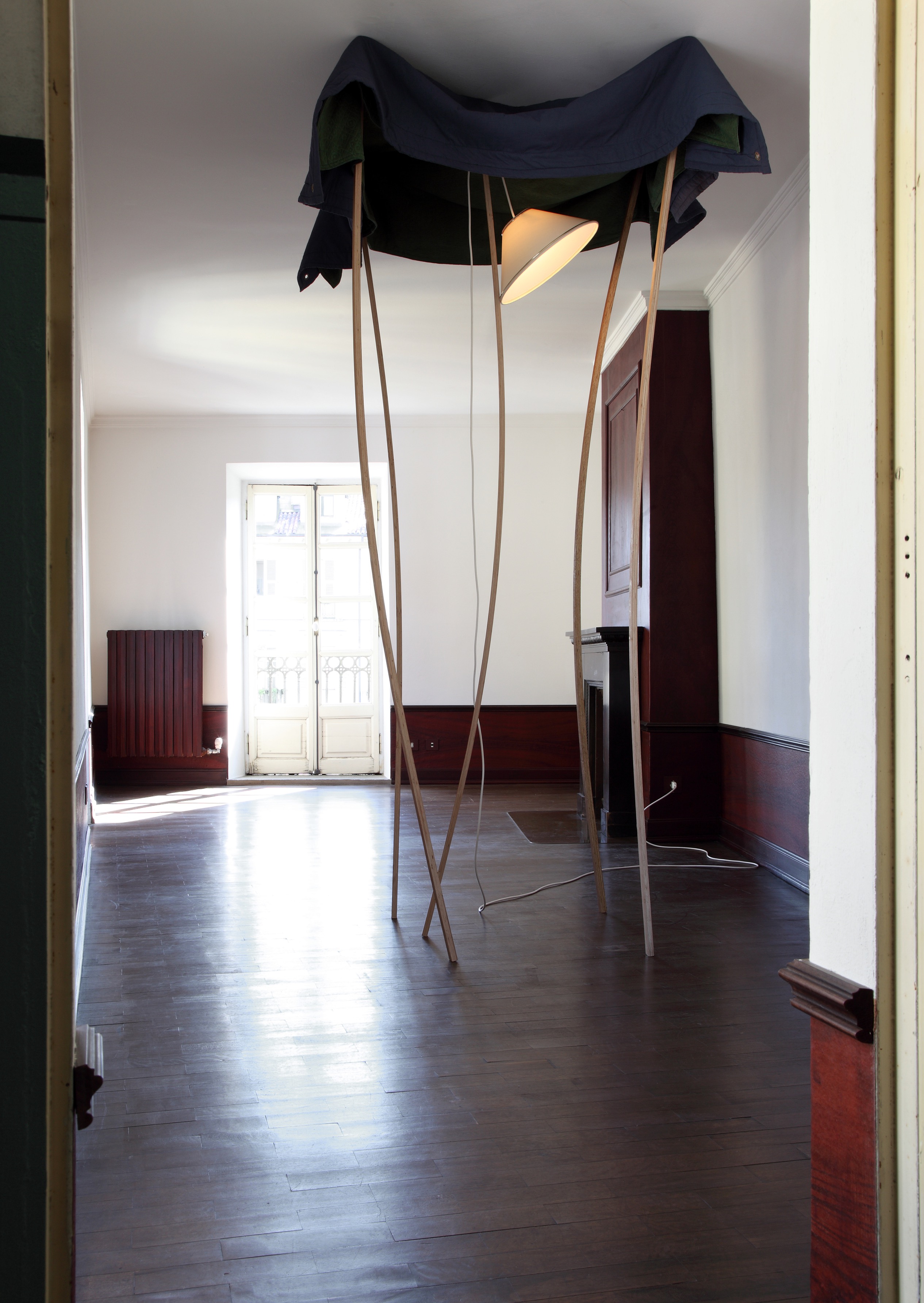
2012
dyed fabrics, eyelets, laminated wood, lampshade, bulb
260 x 126 x 120 cm
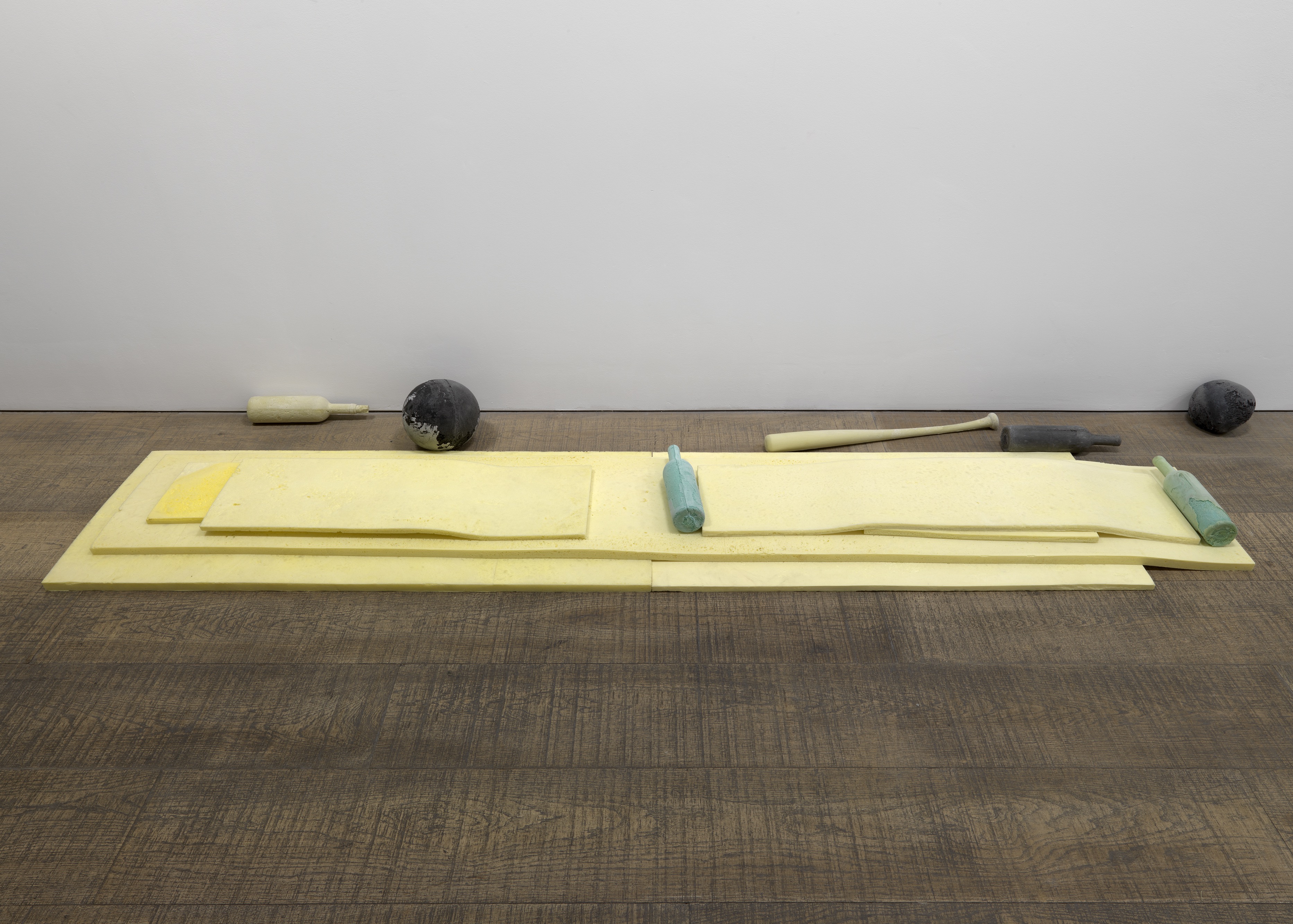
2009
Cast flexible expanding foam
20 x 295 x 75 cm